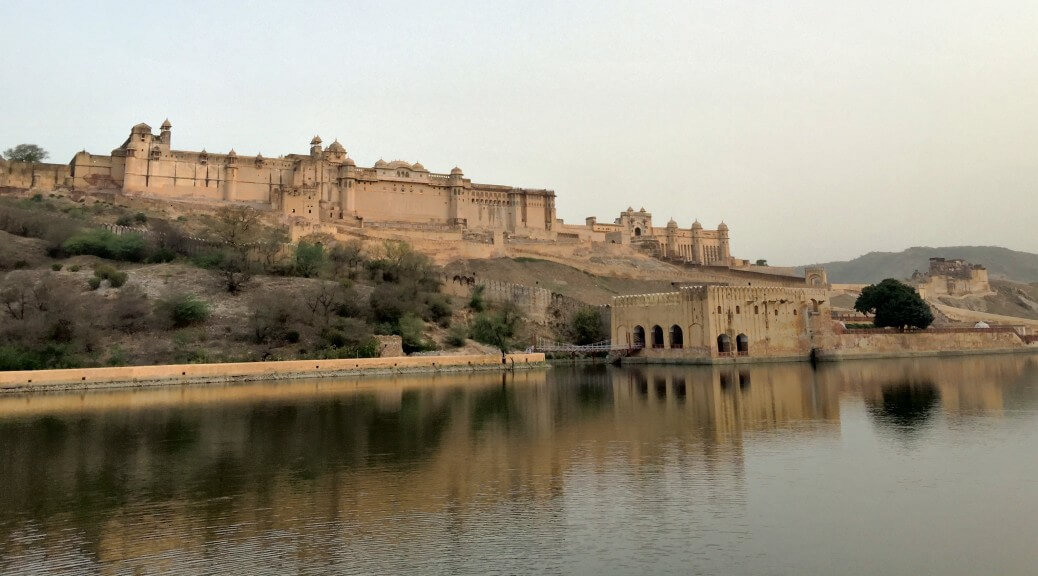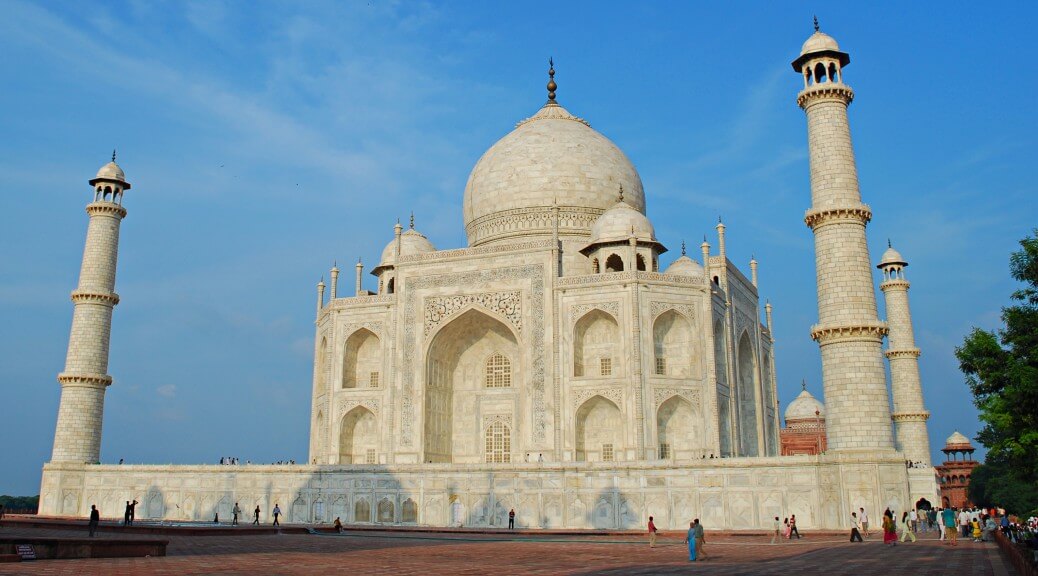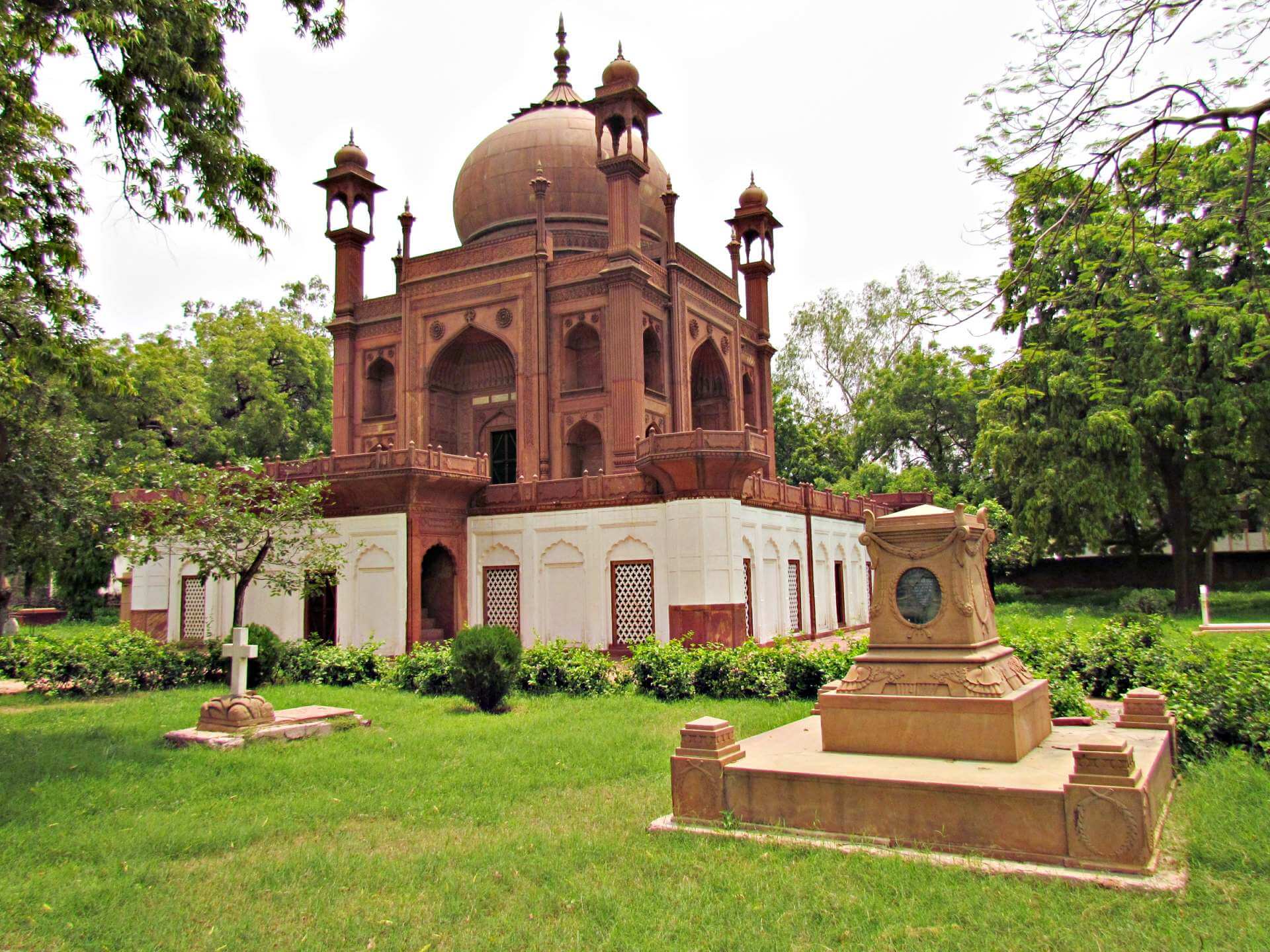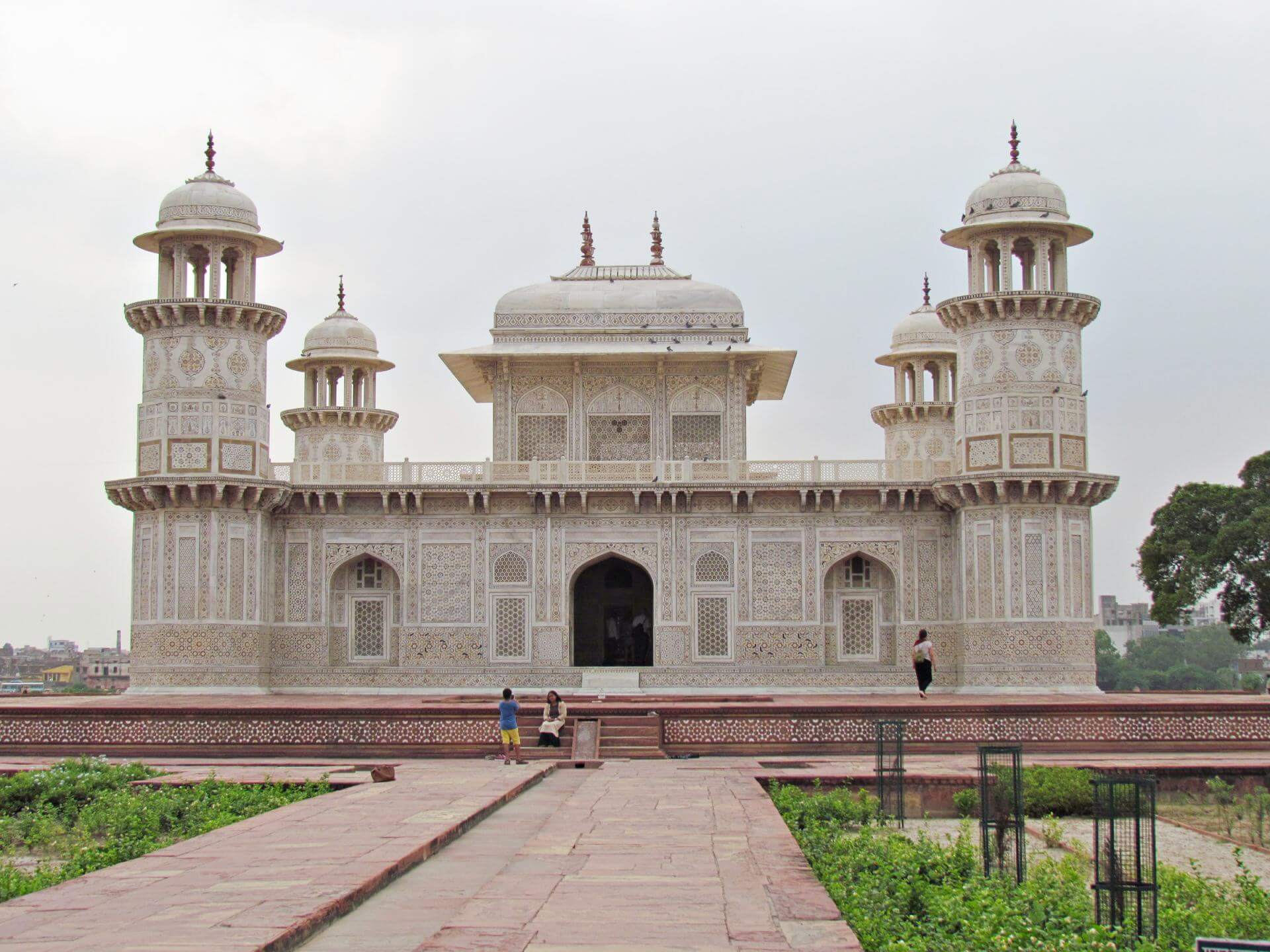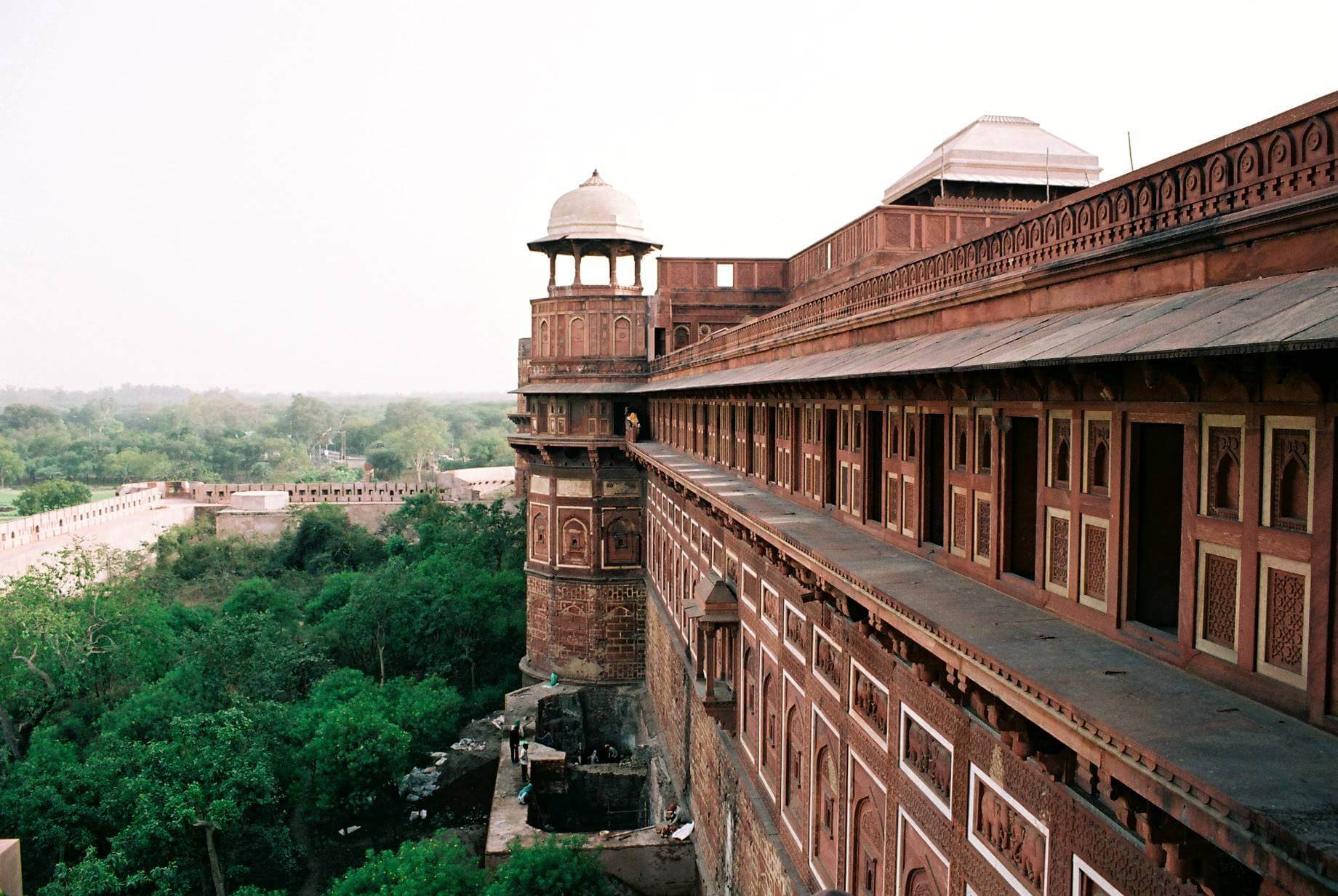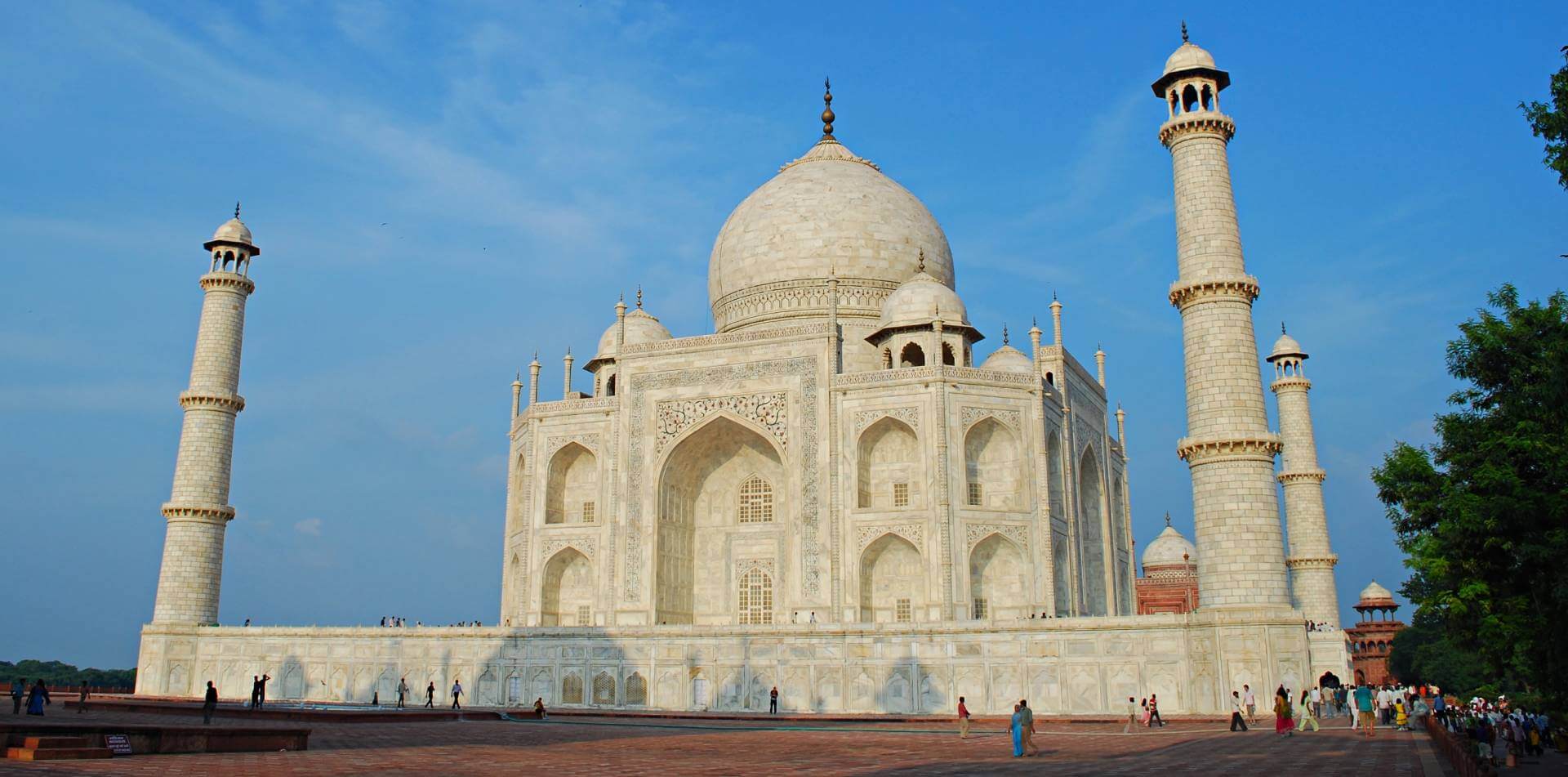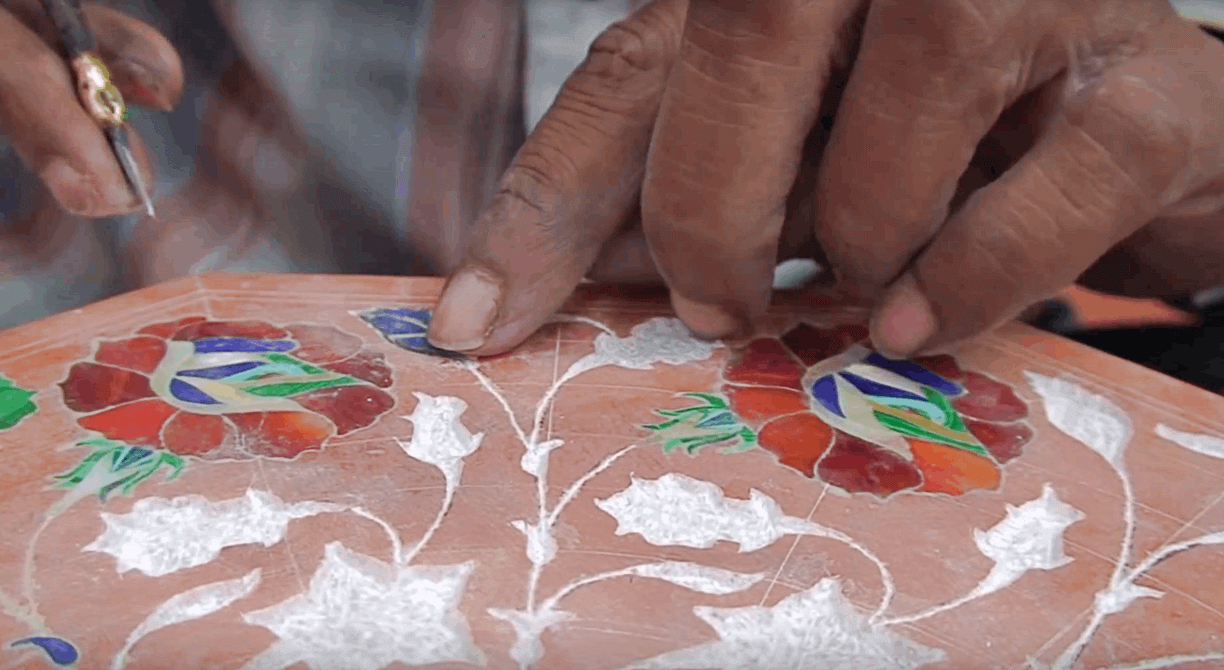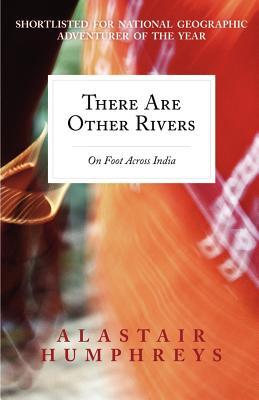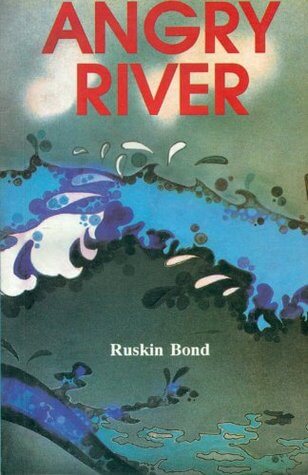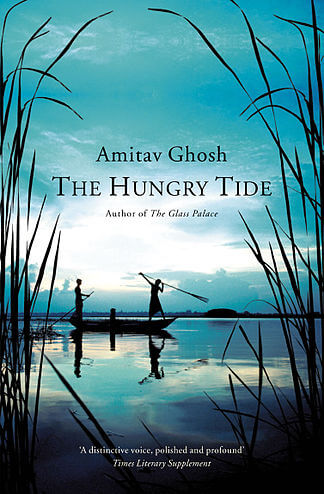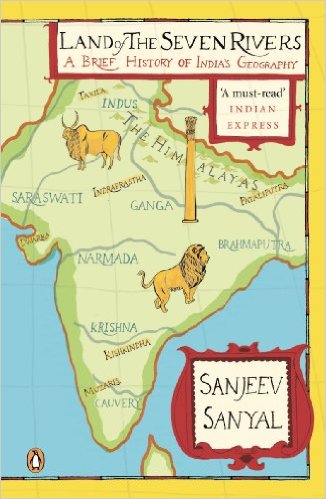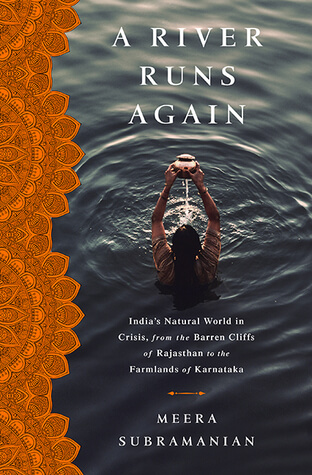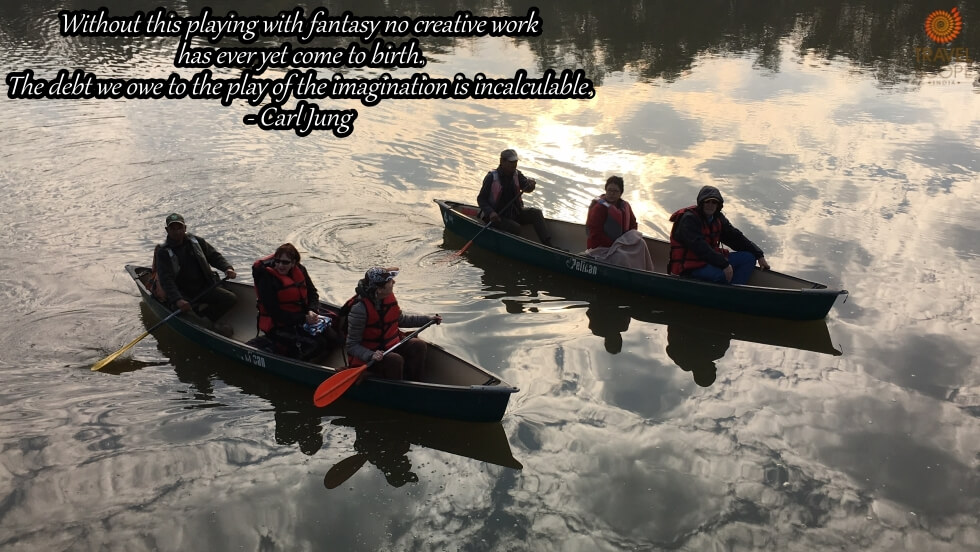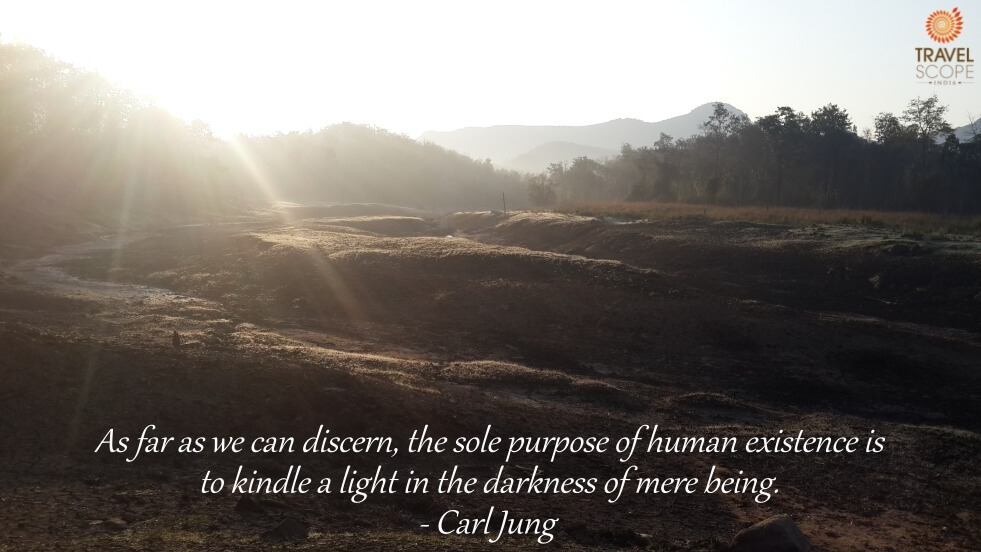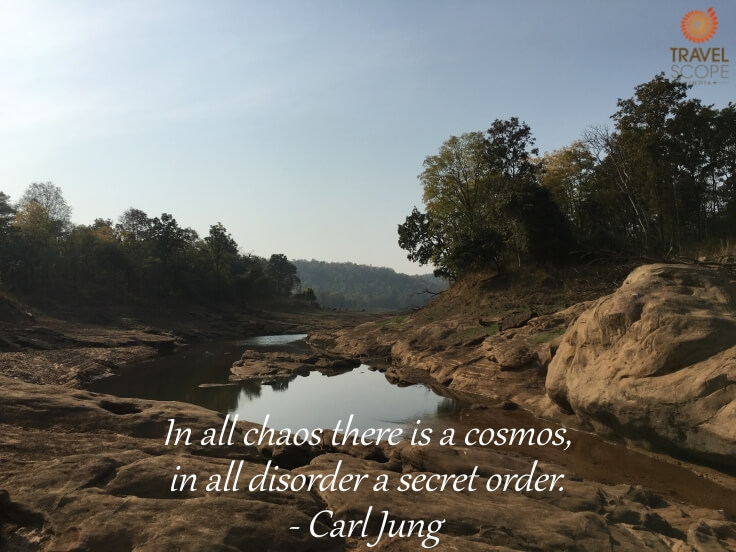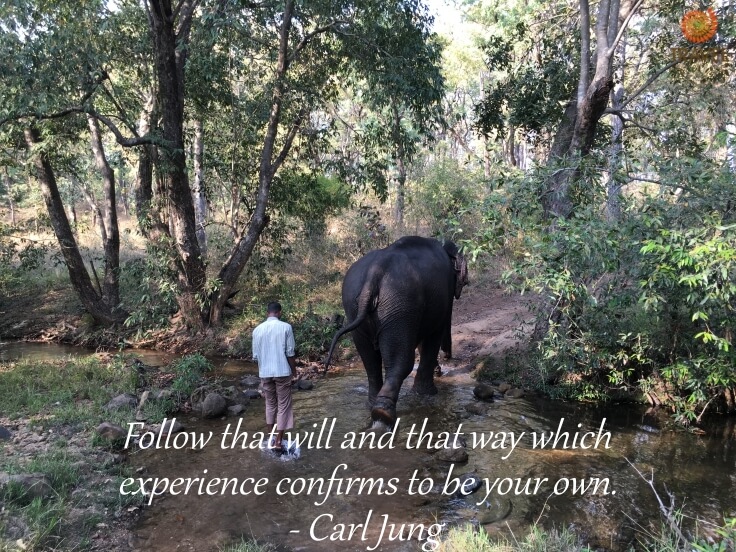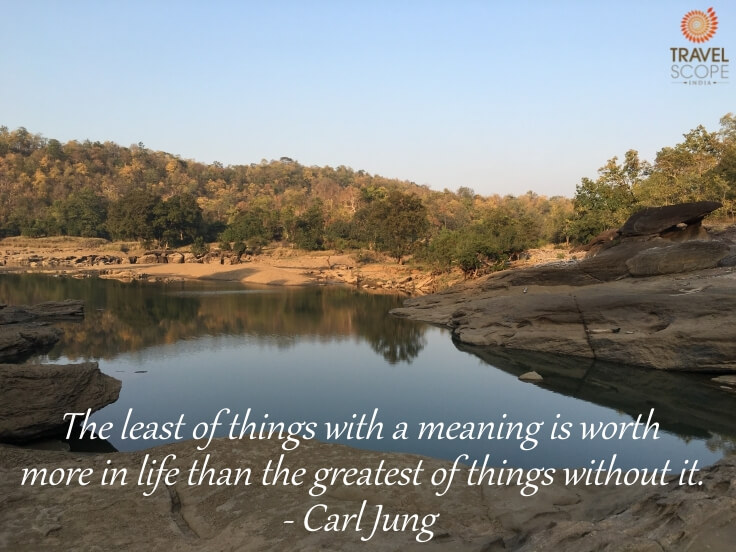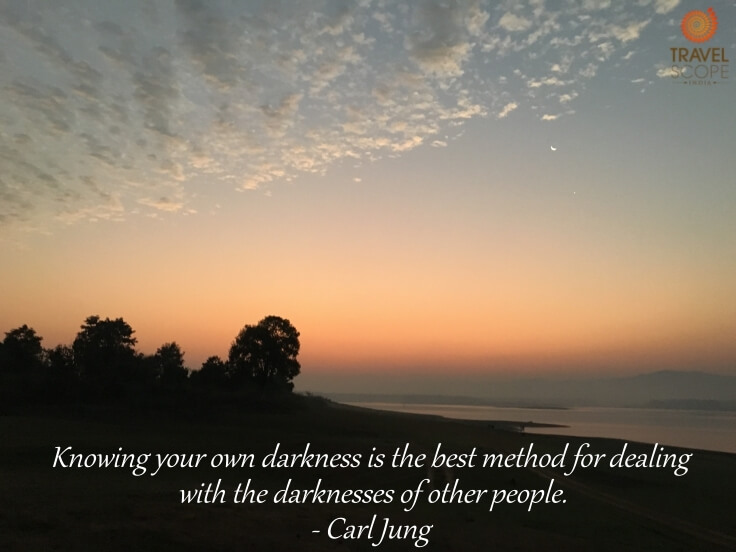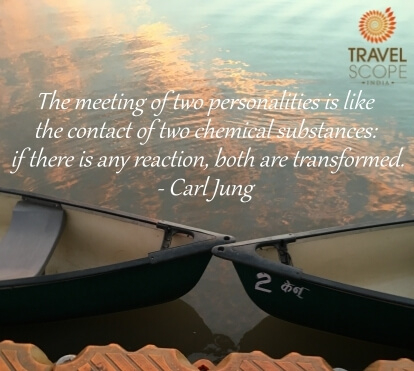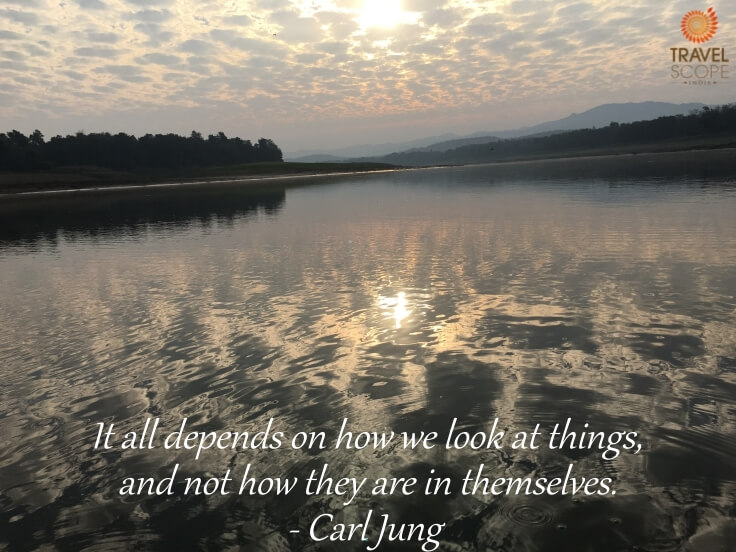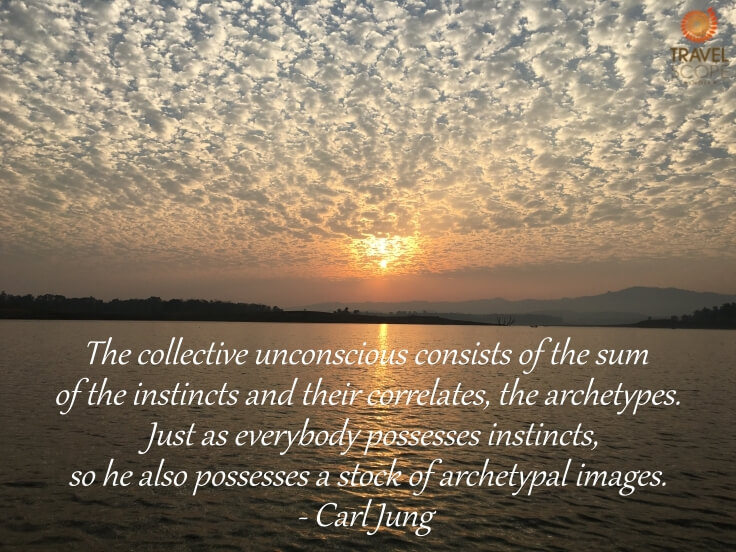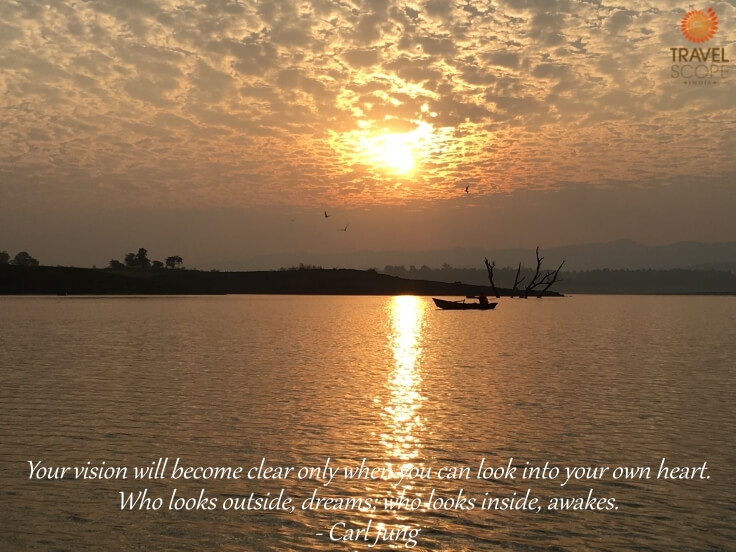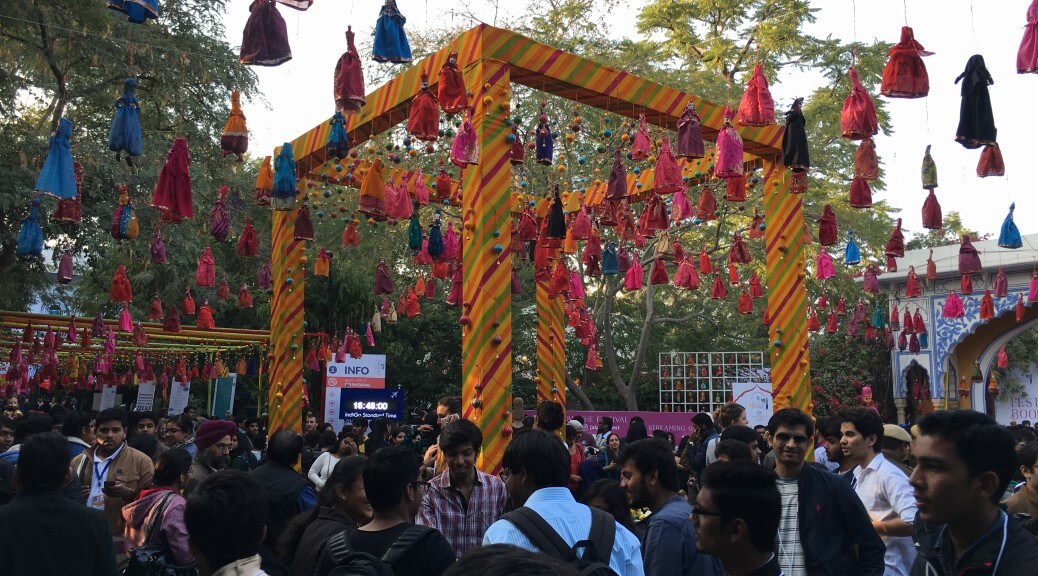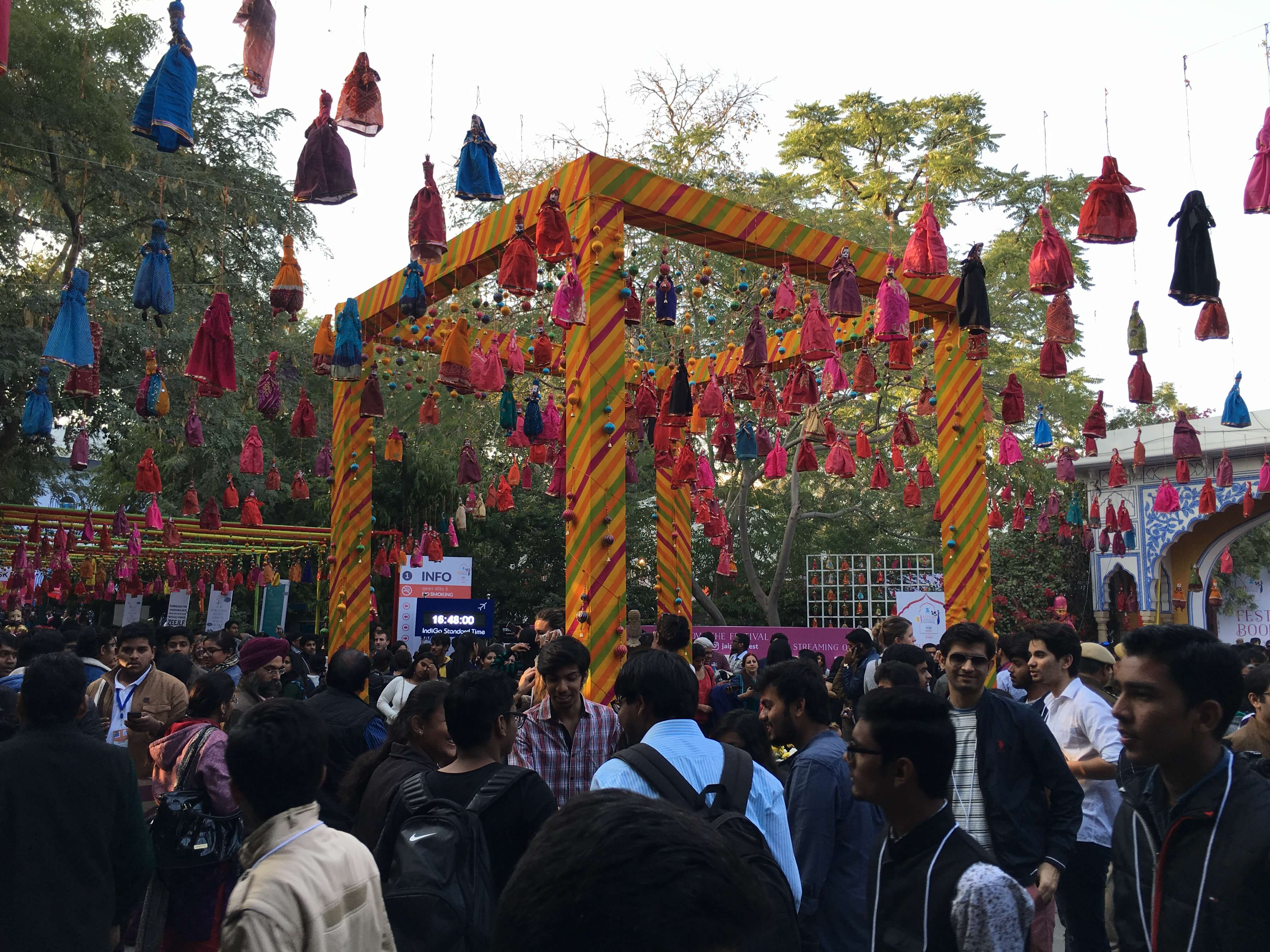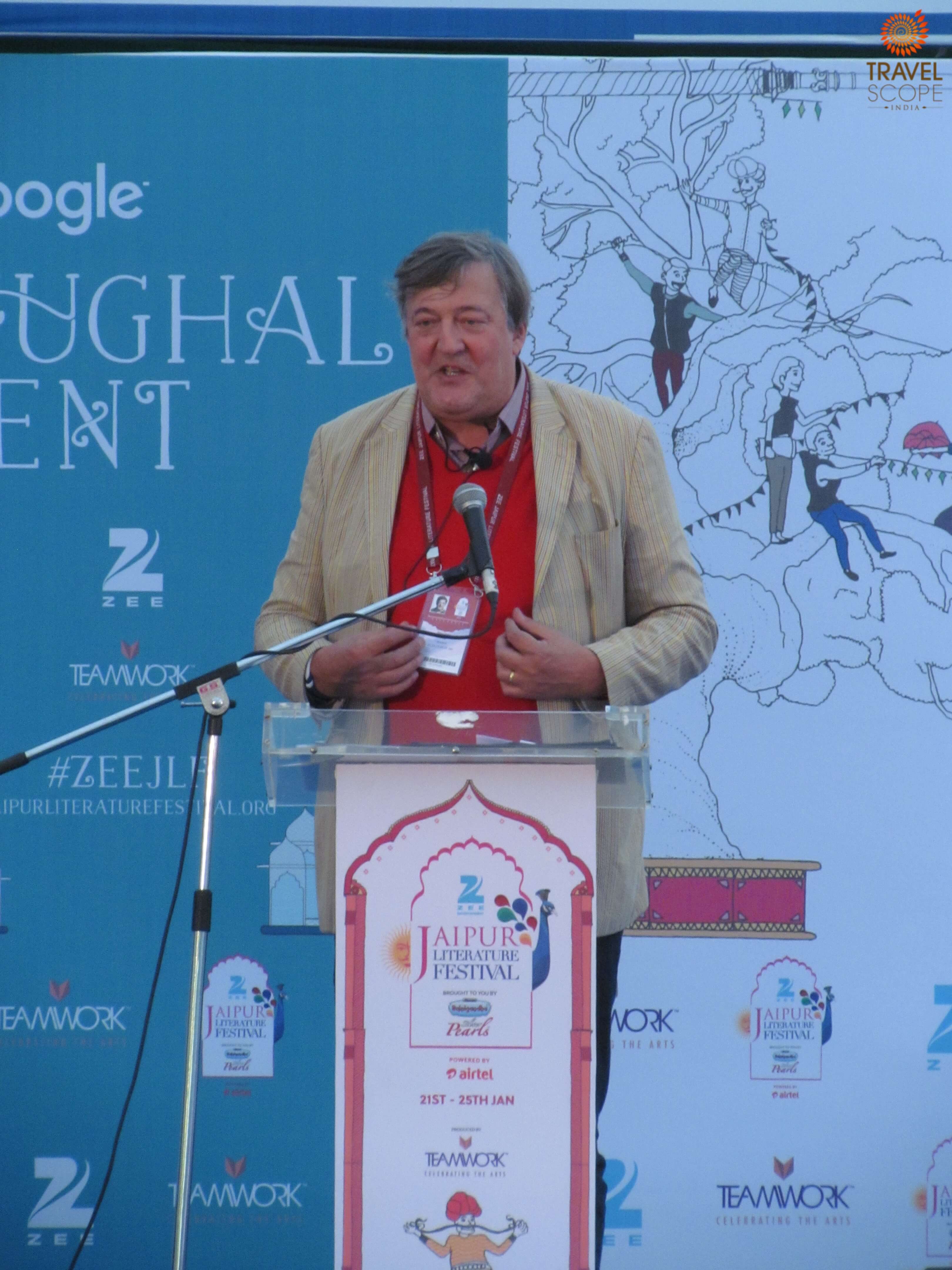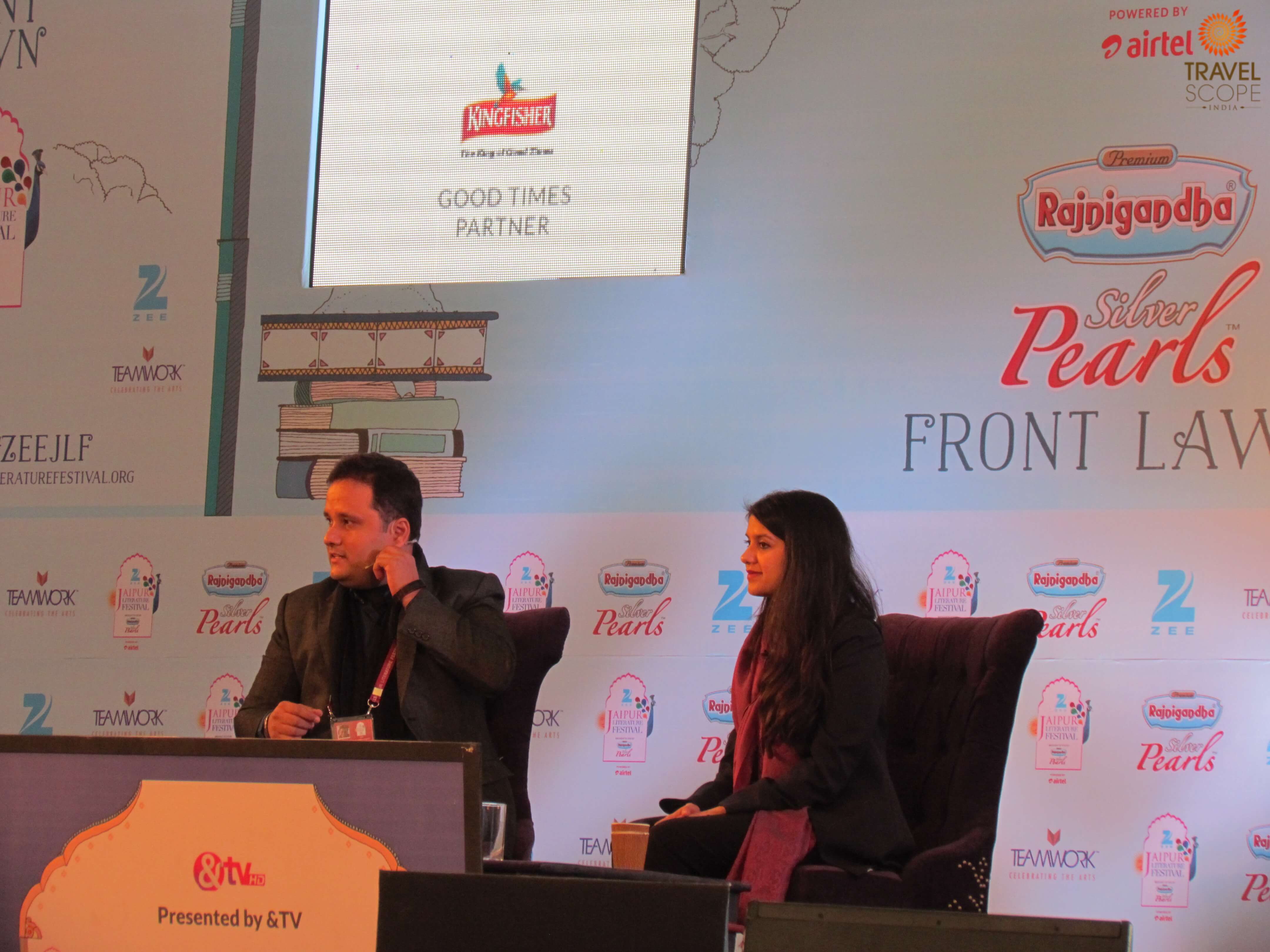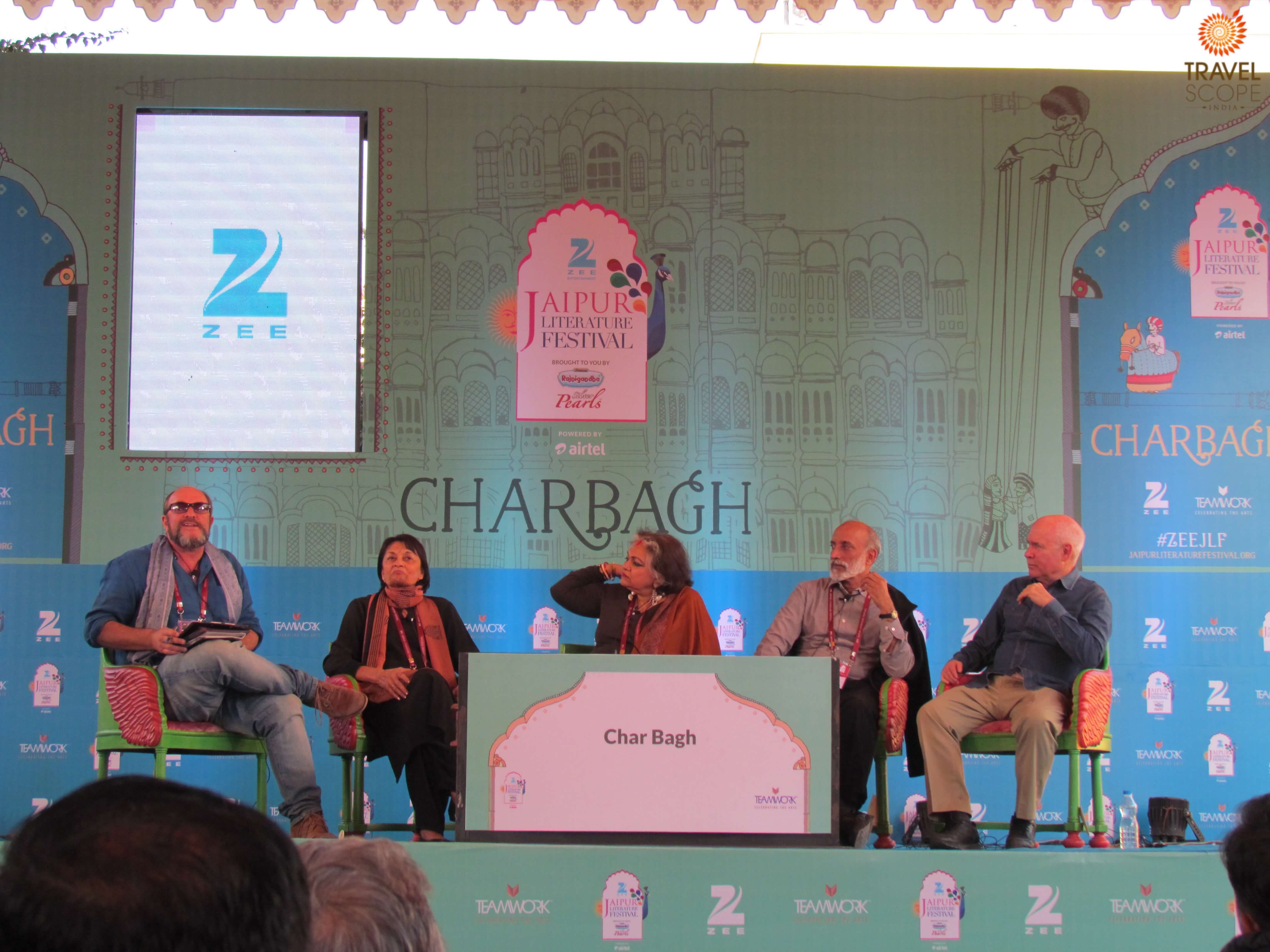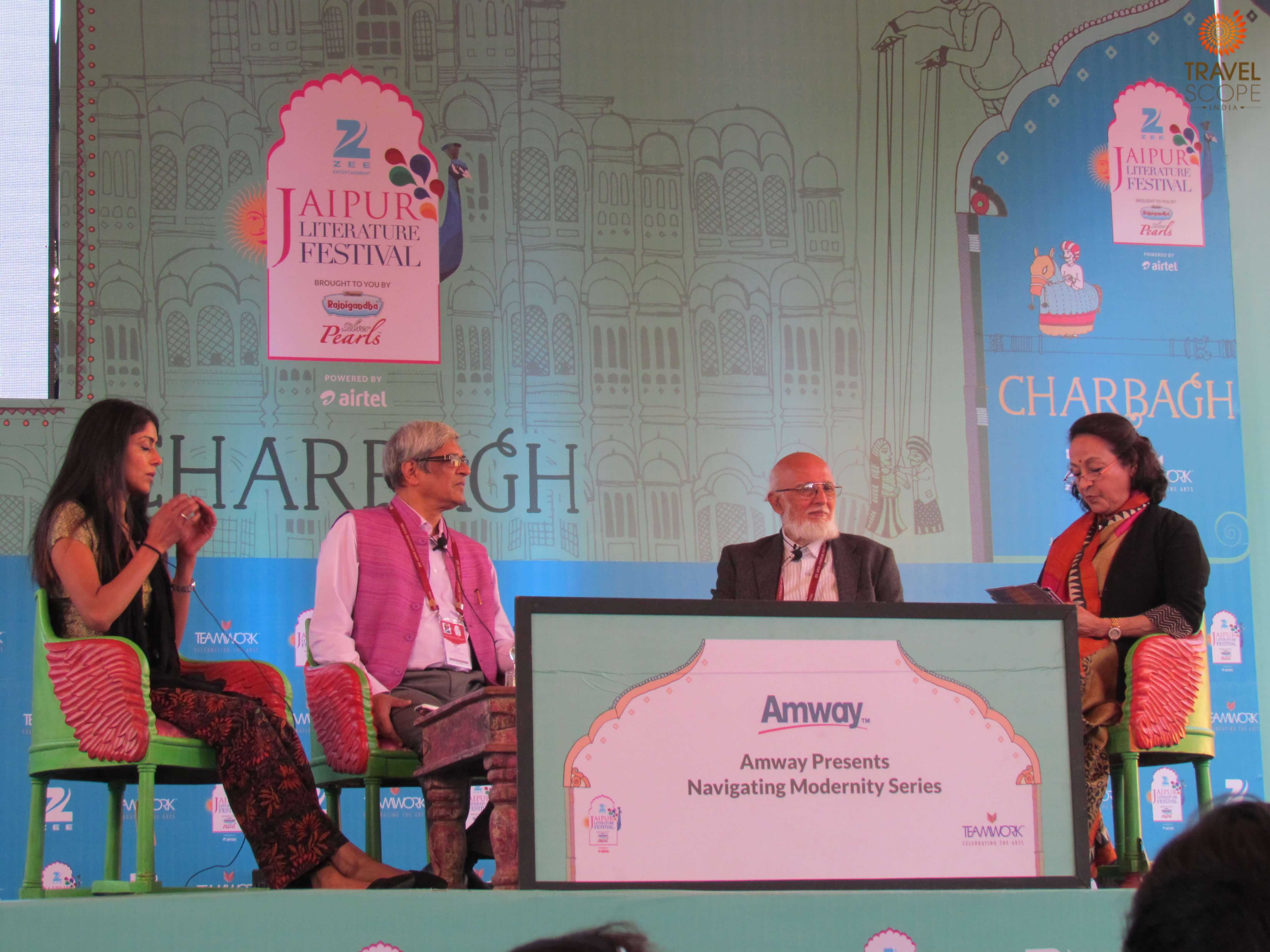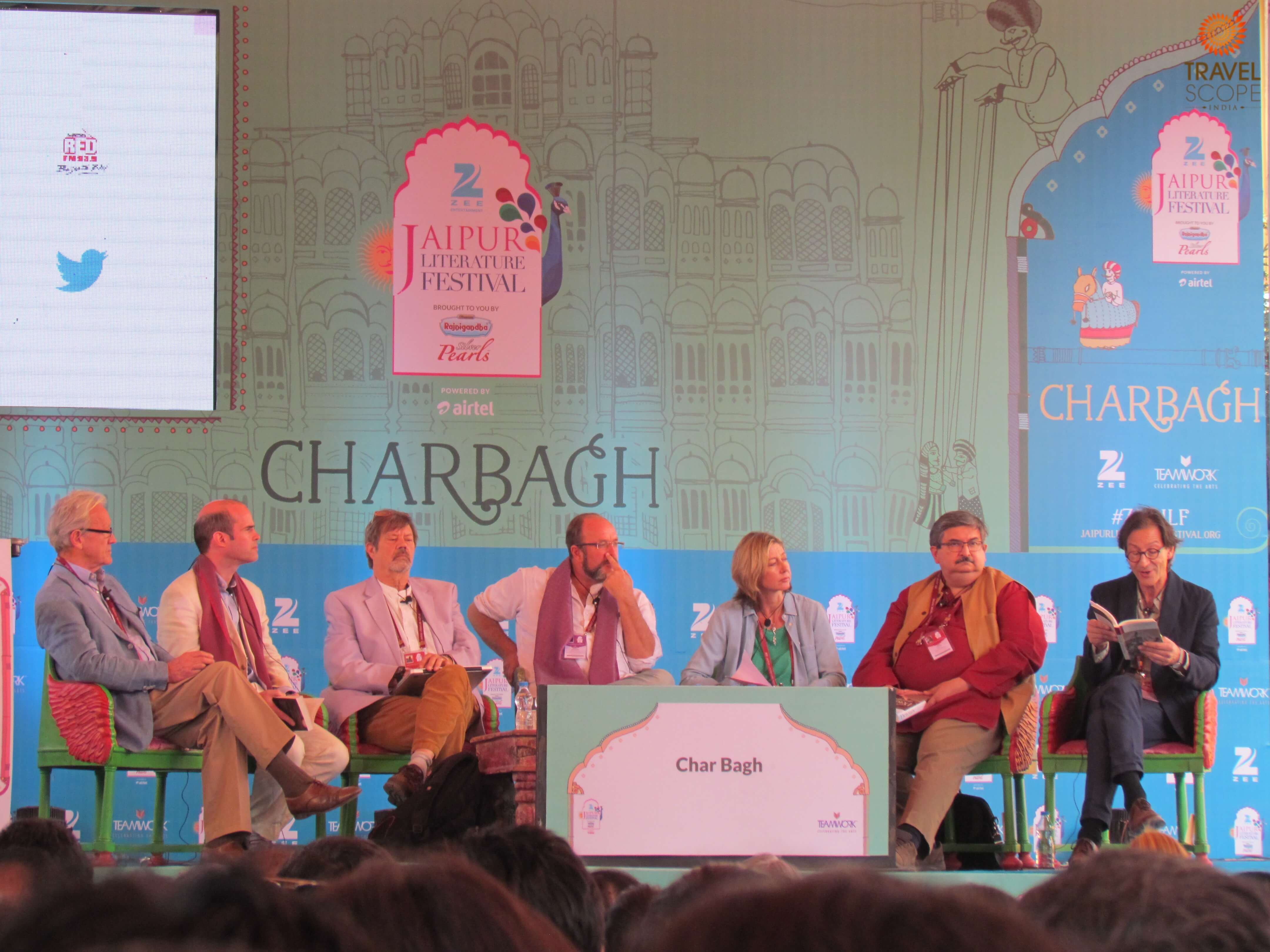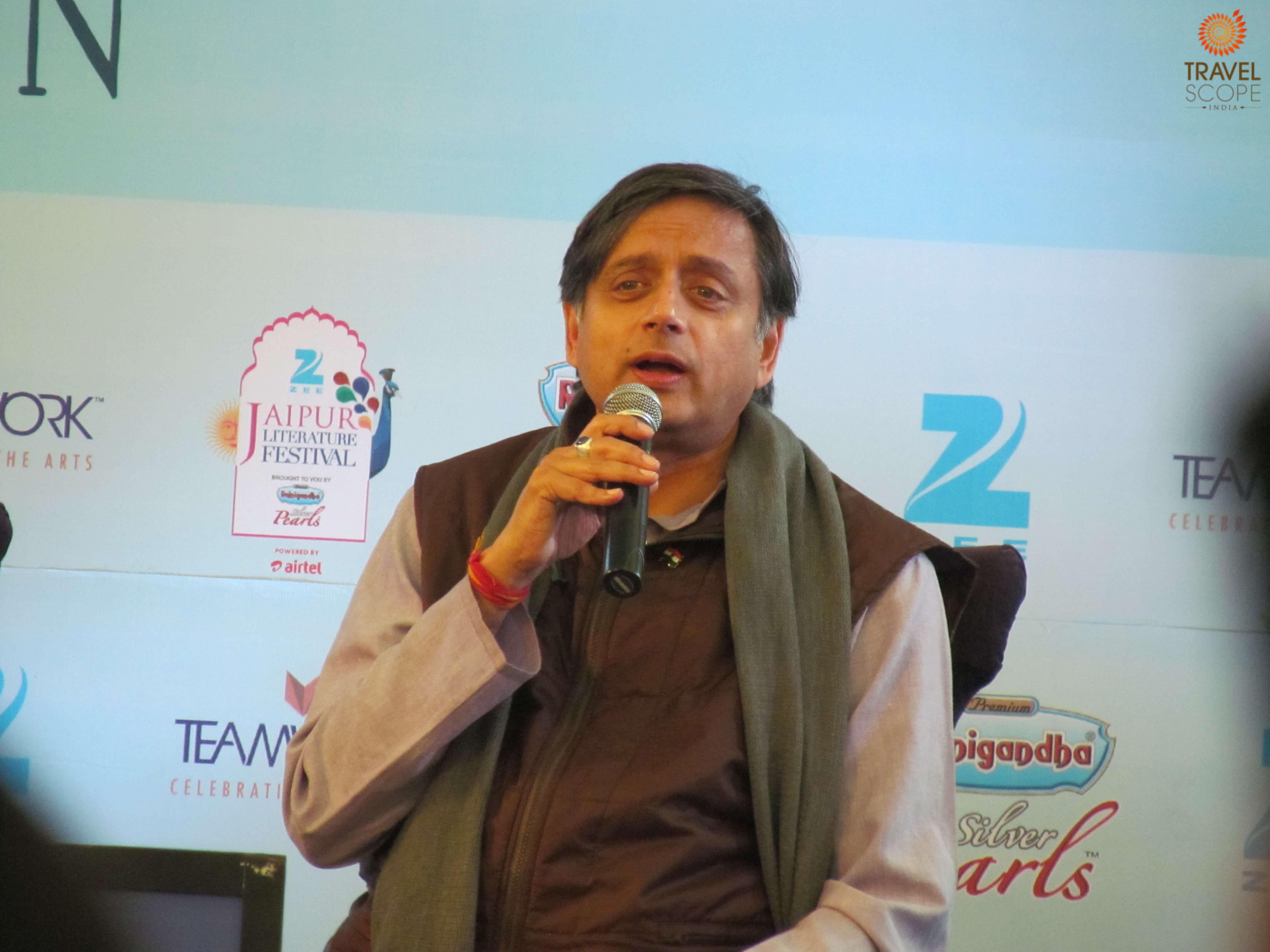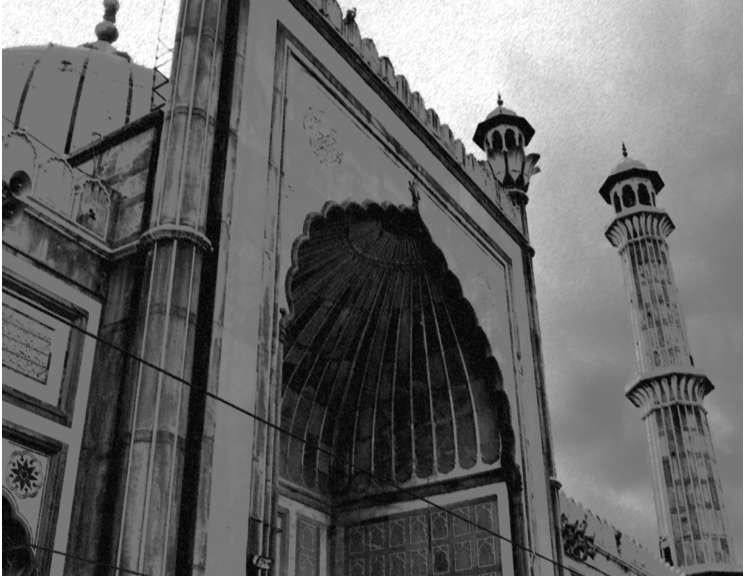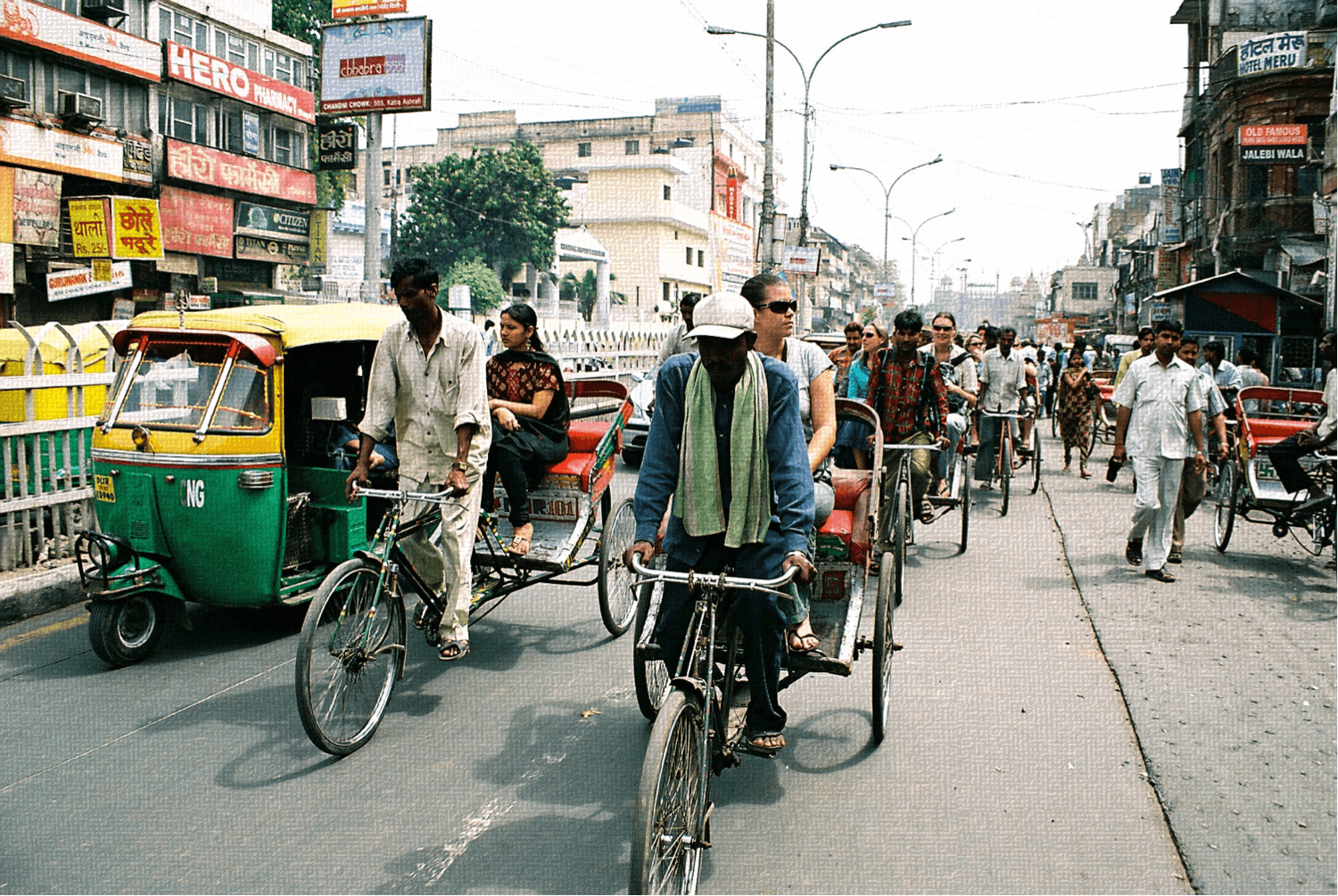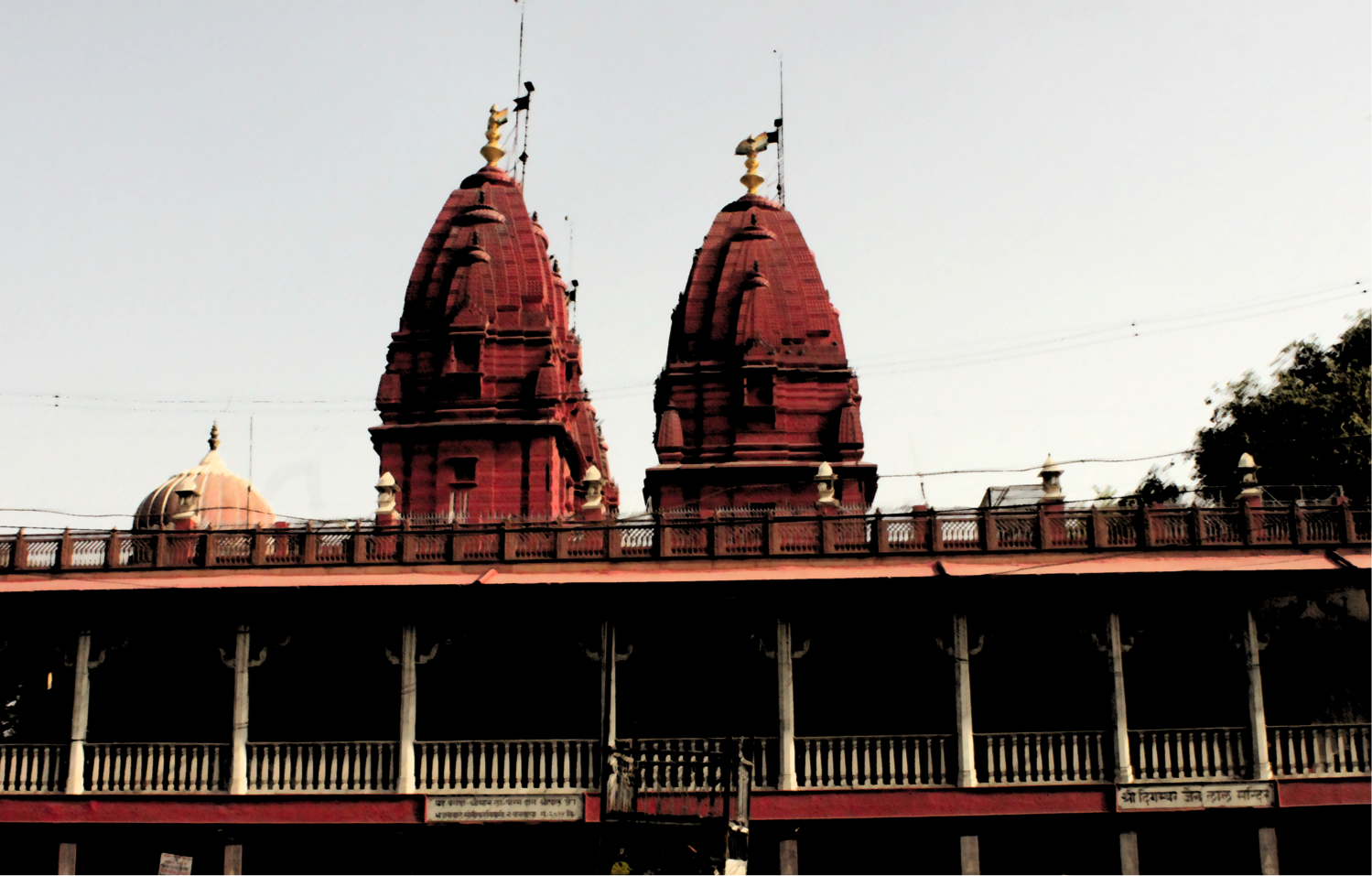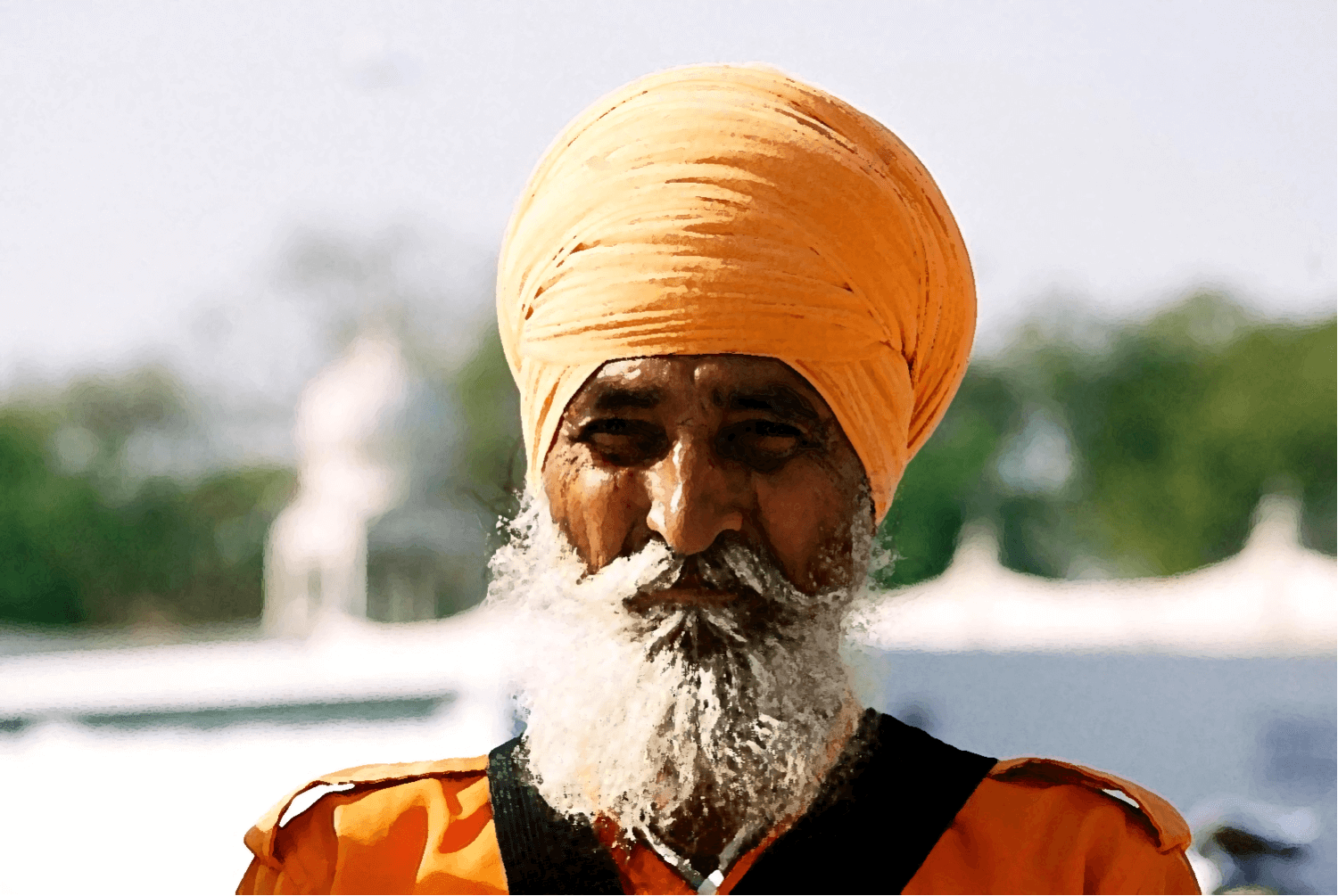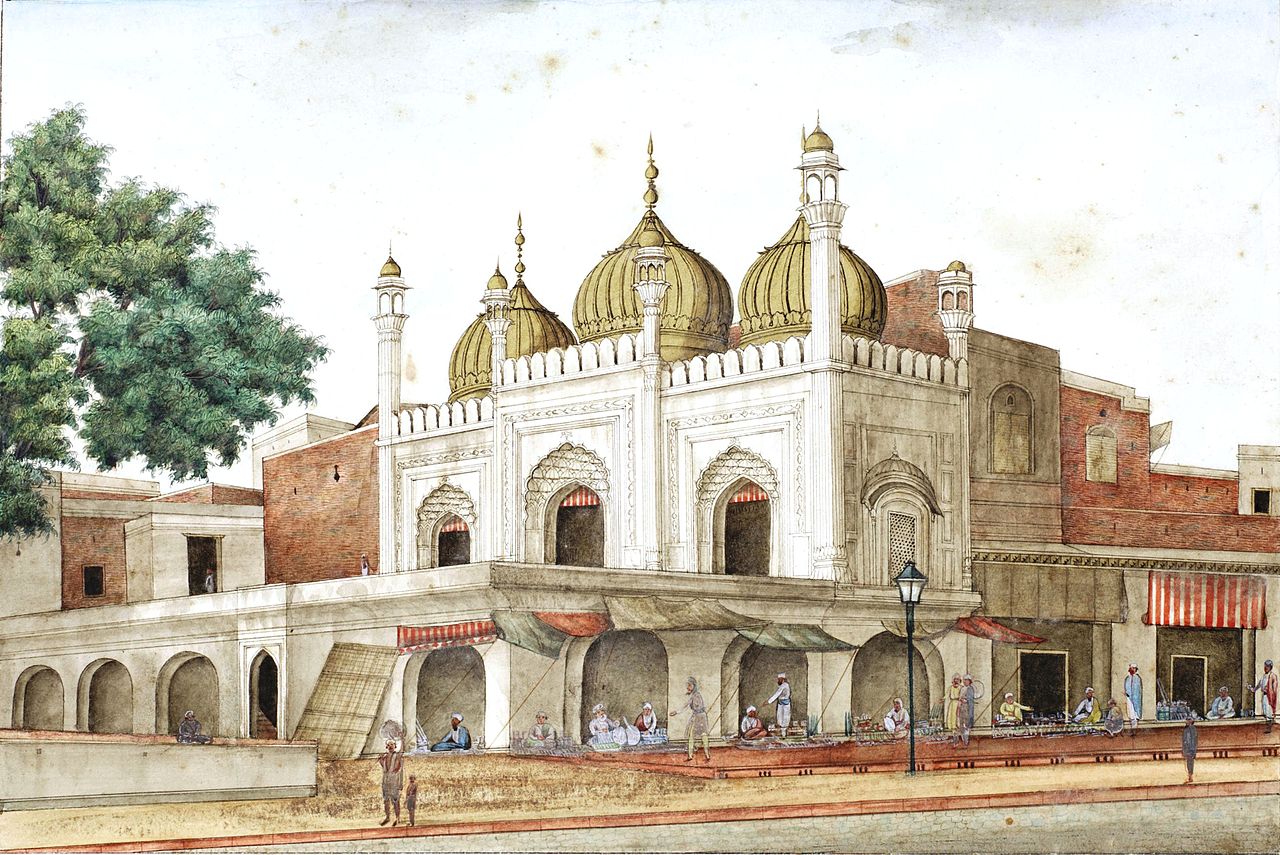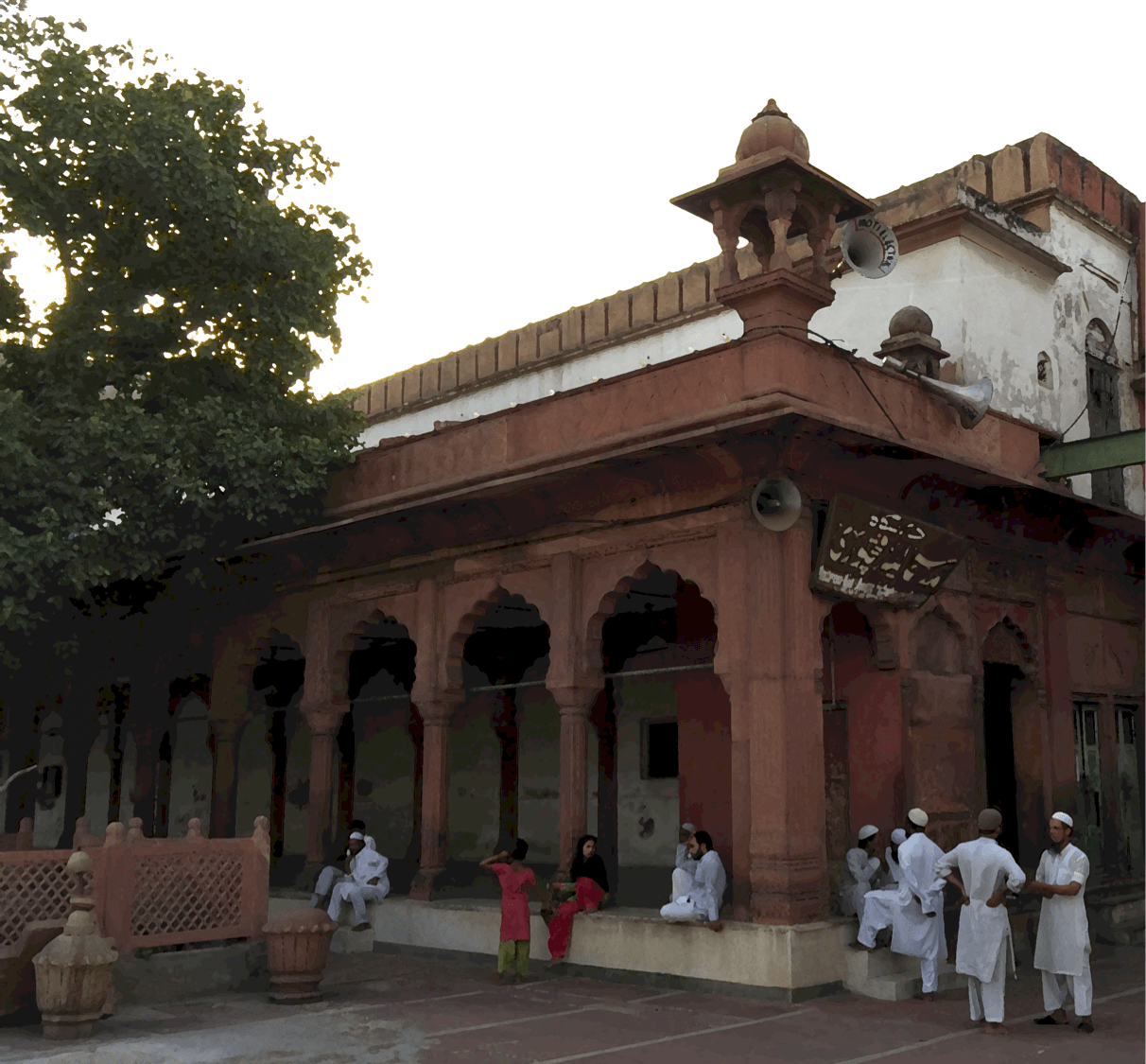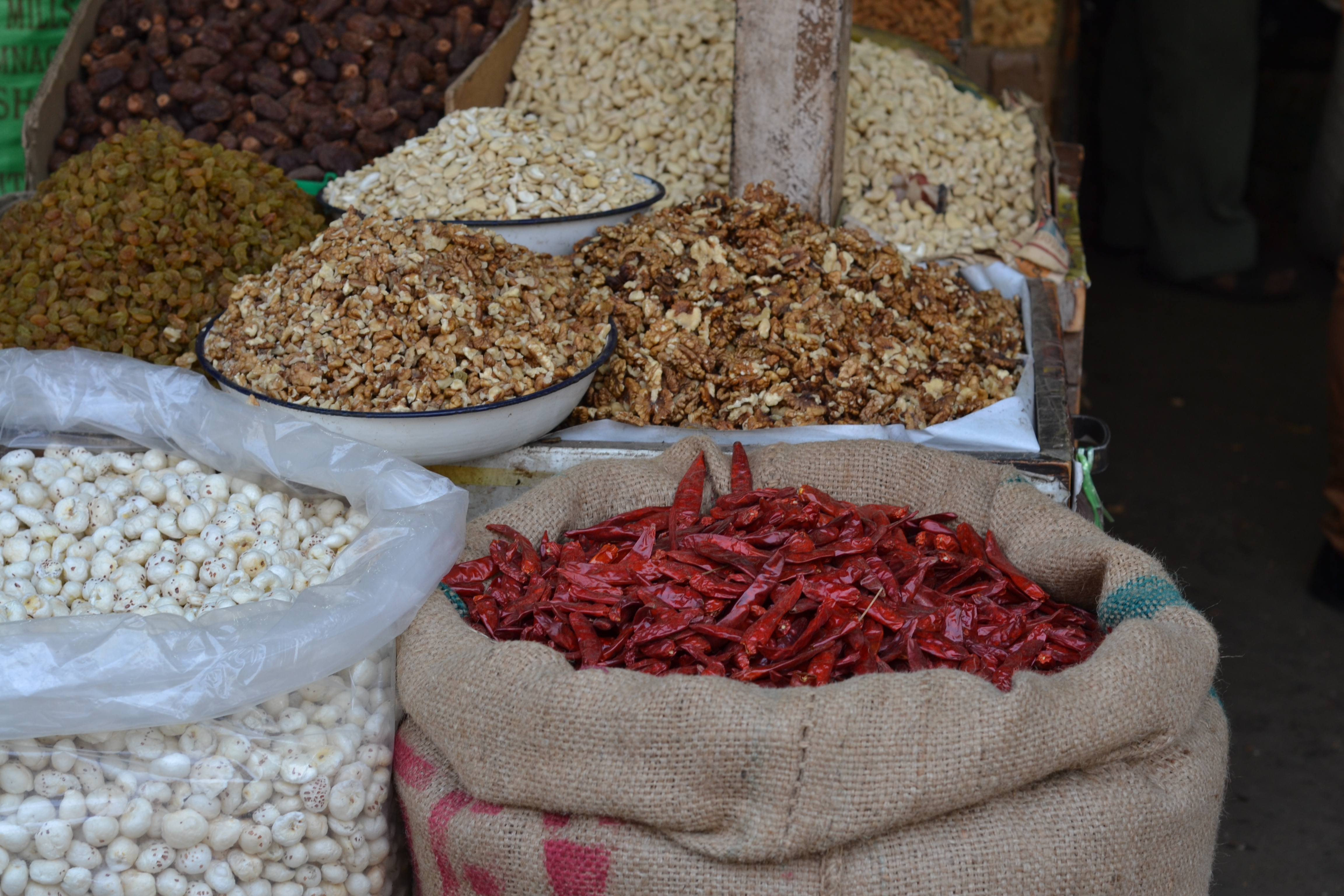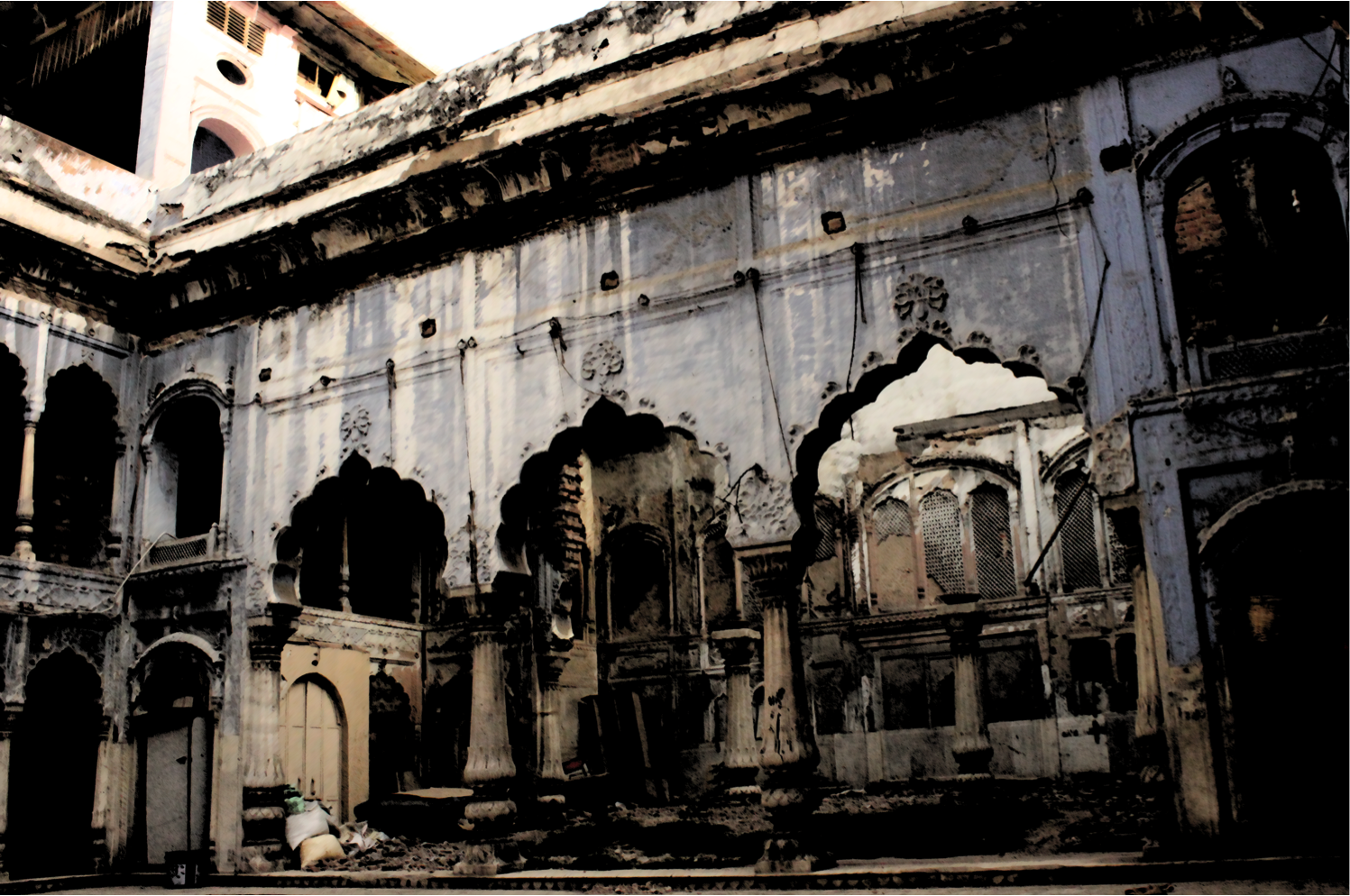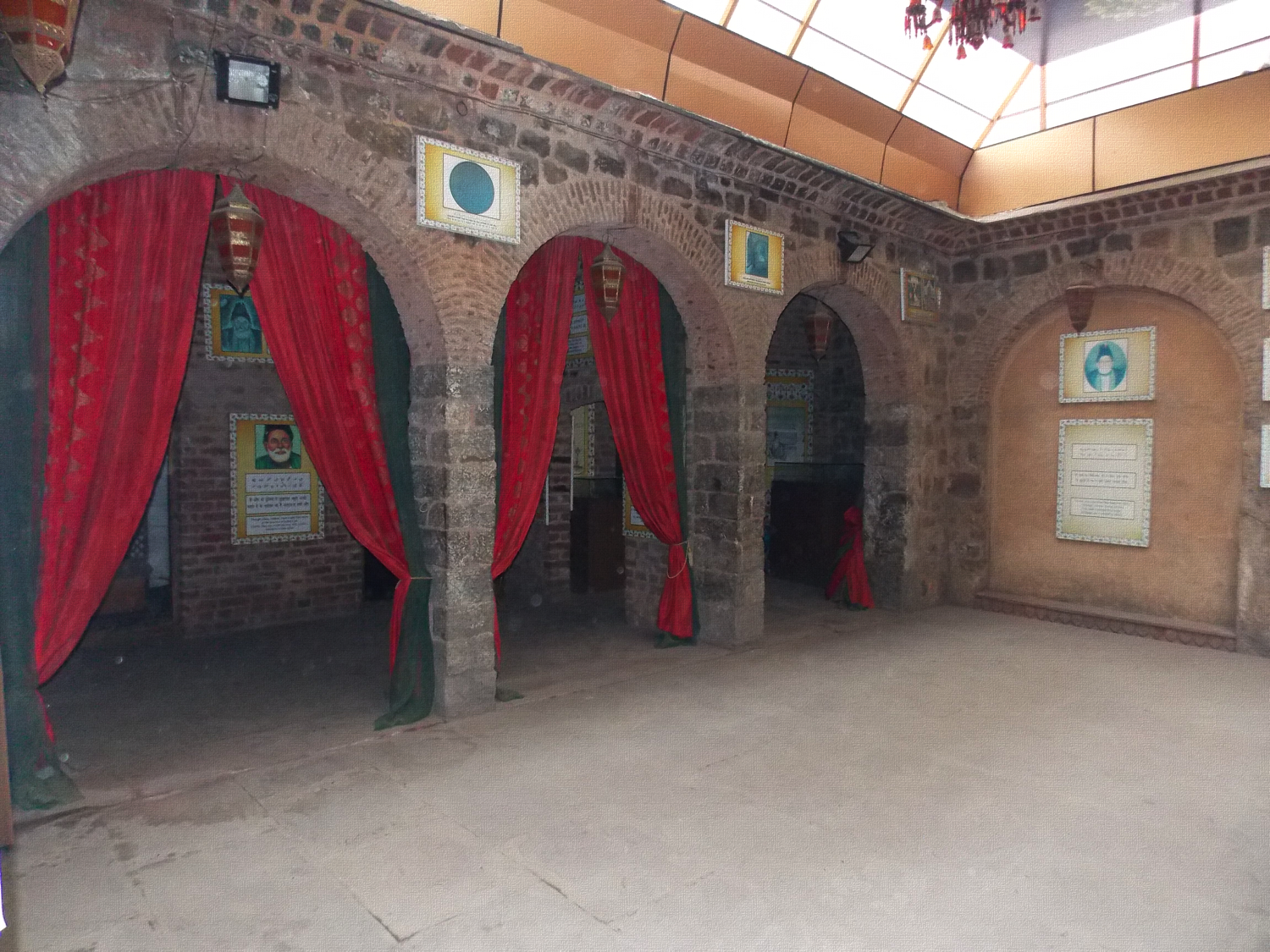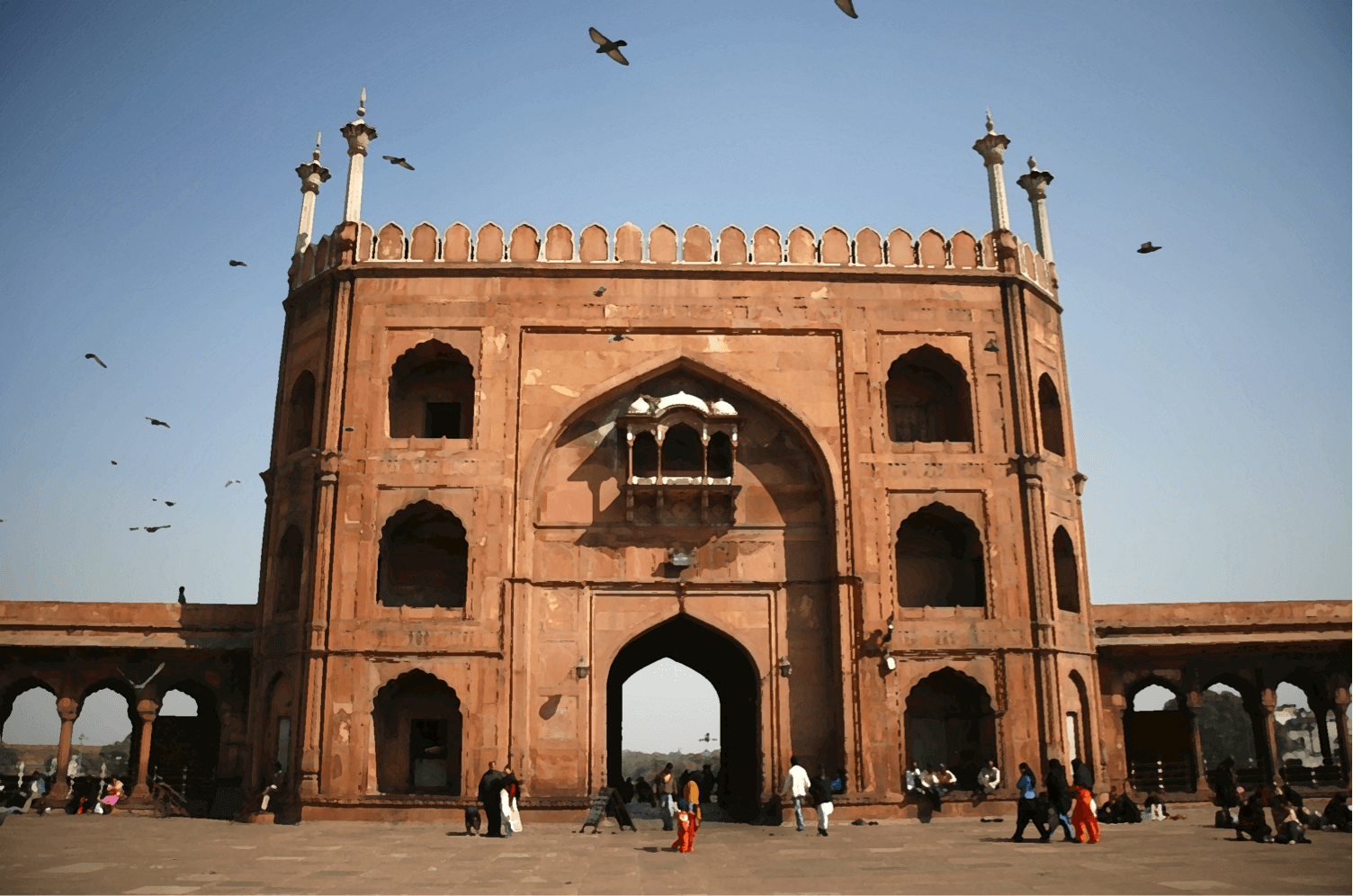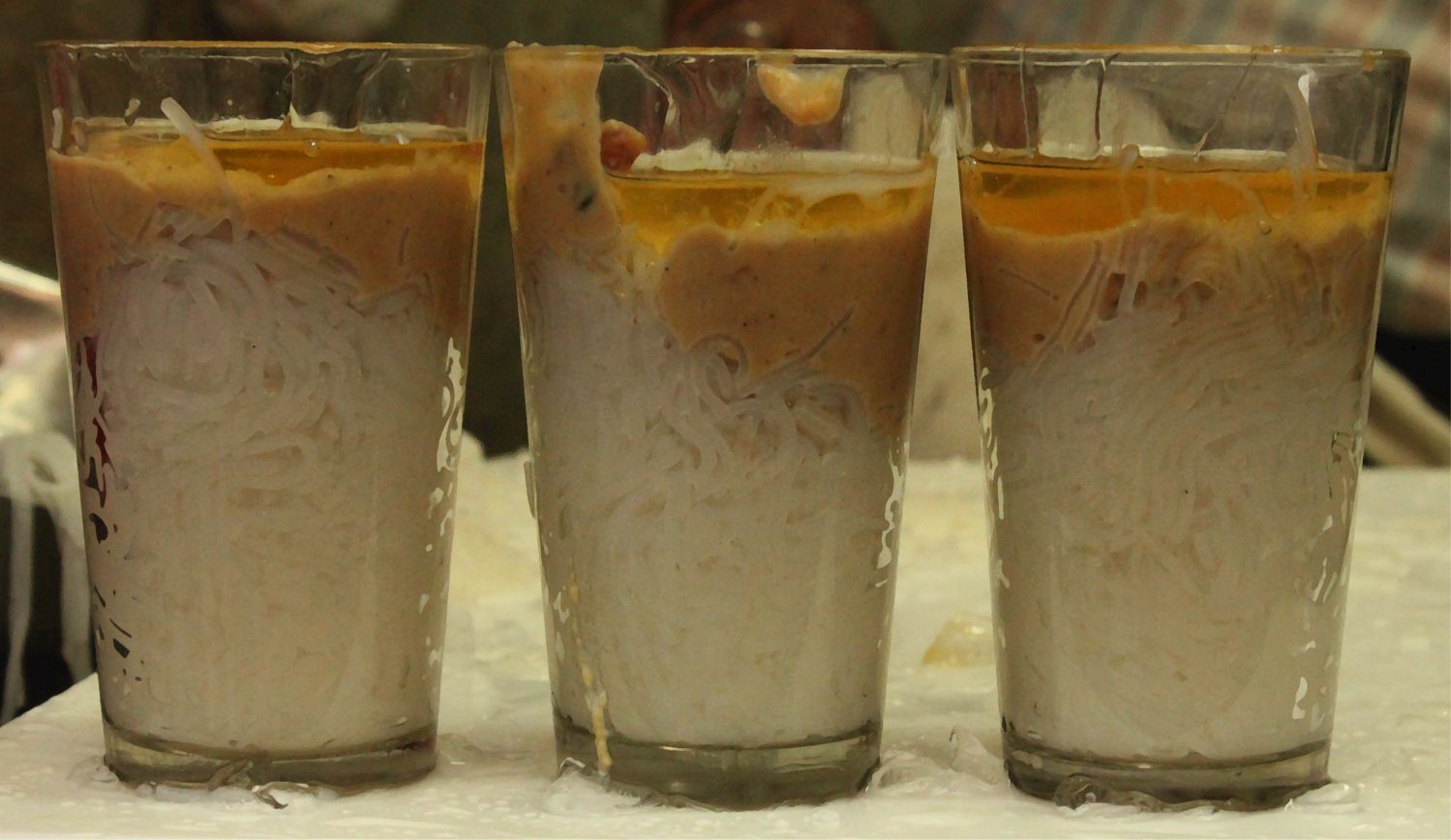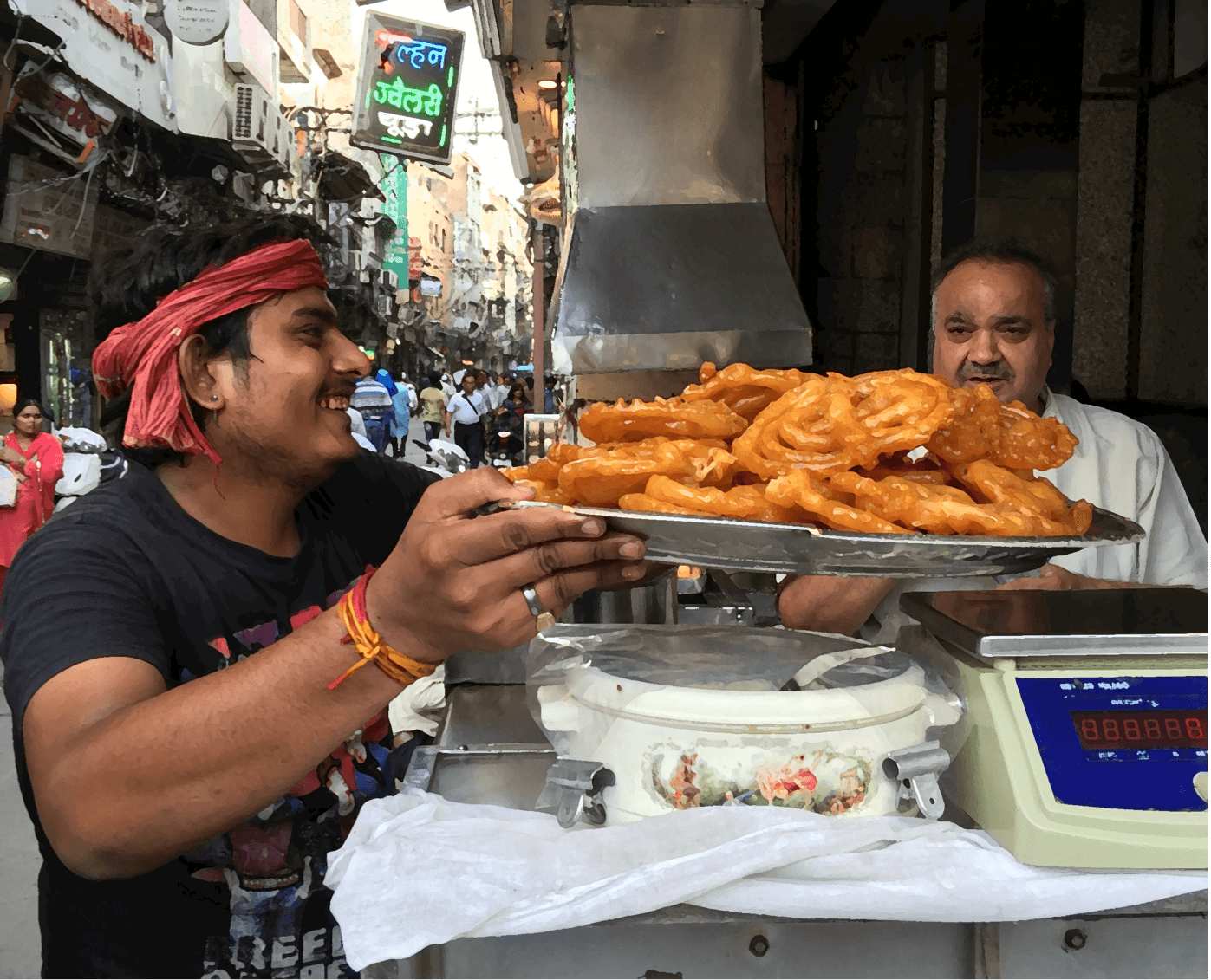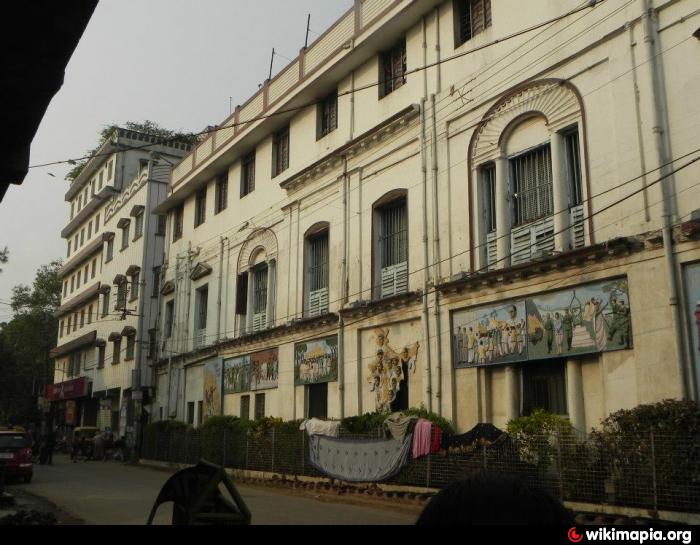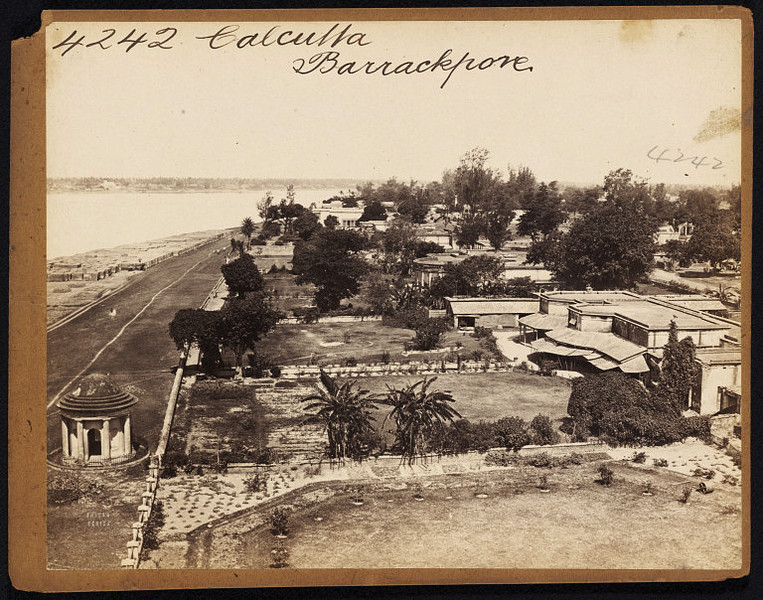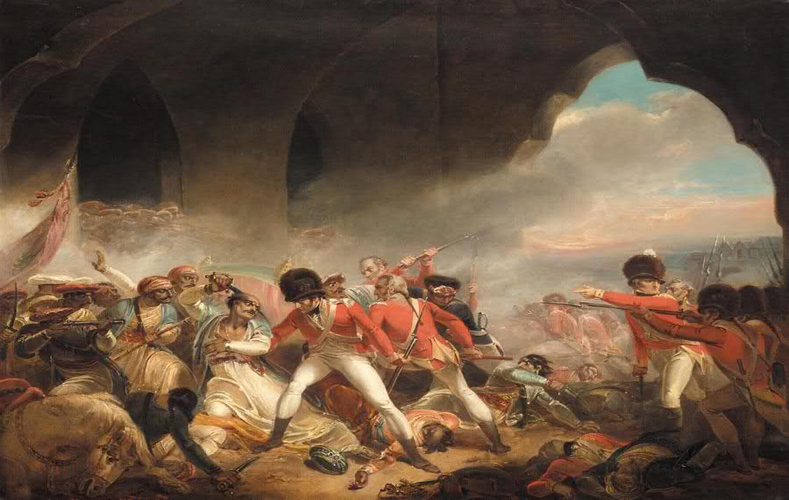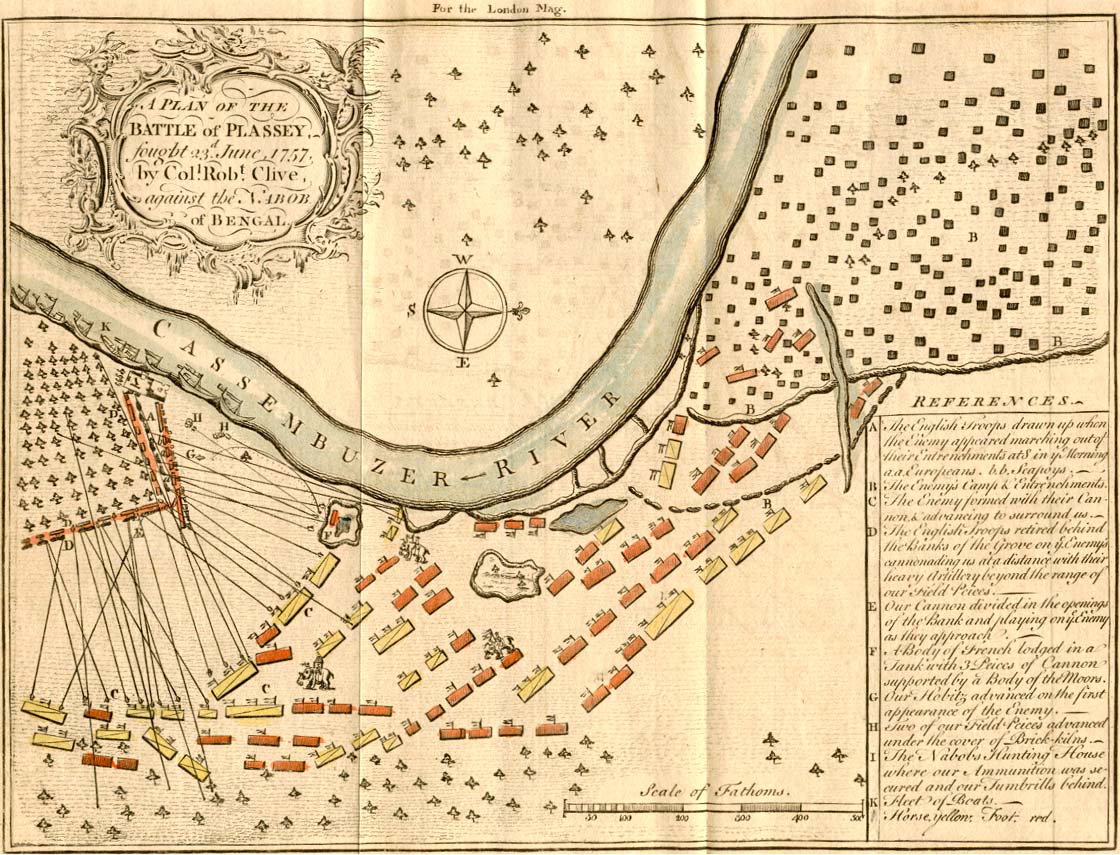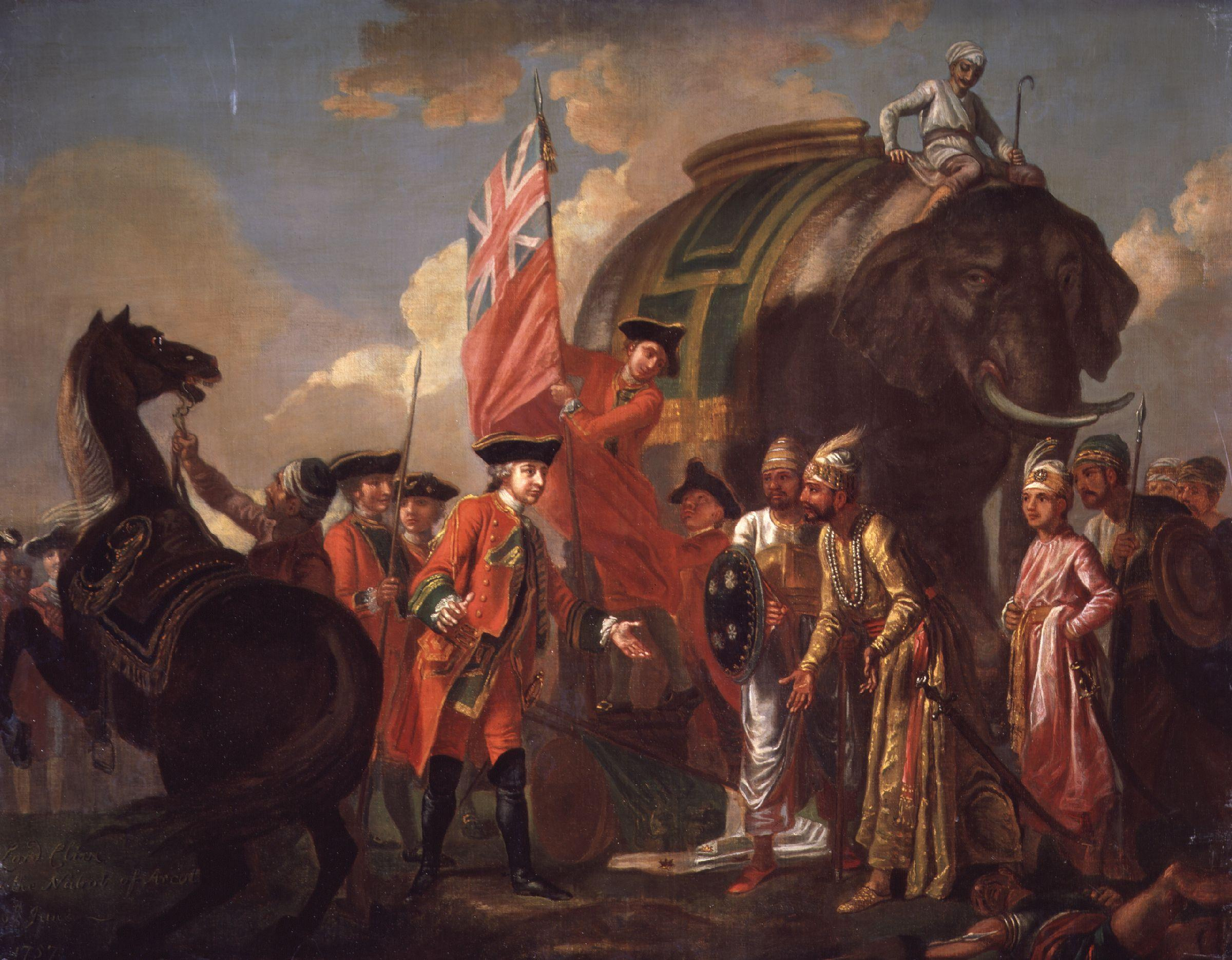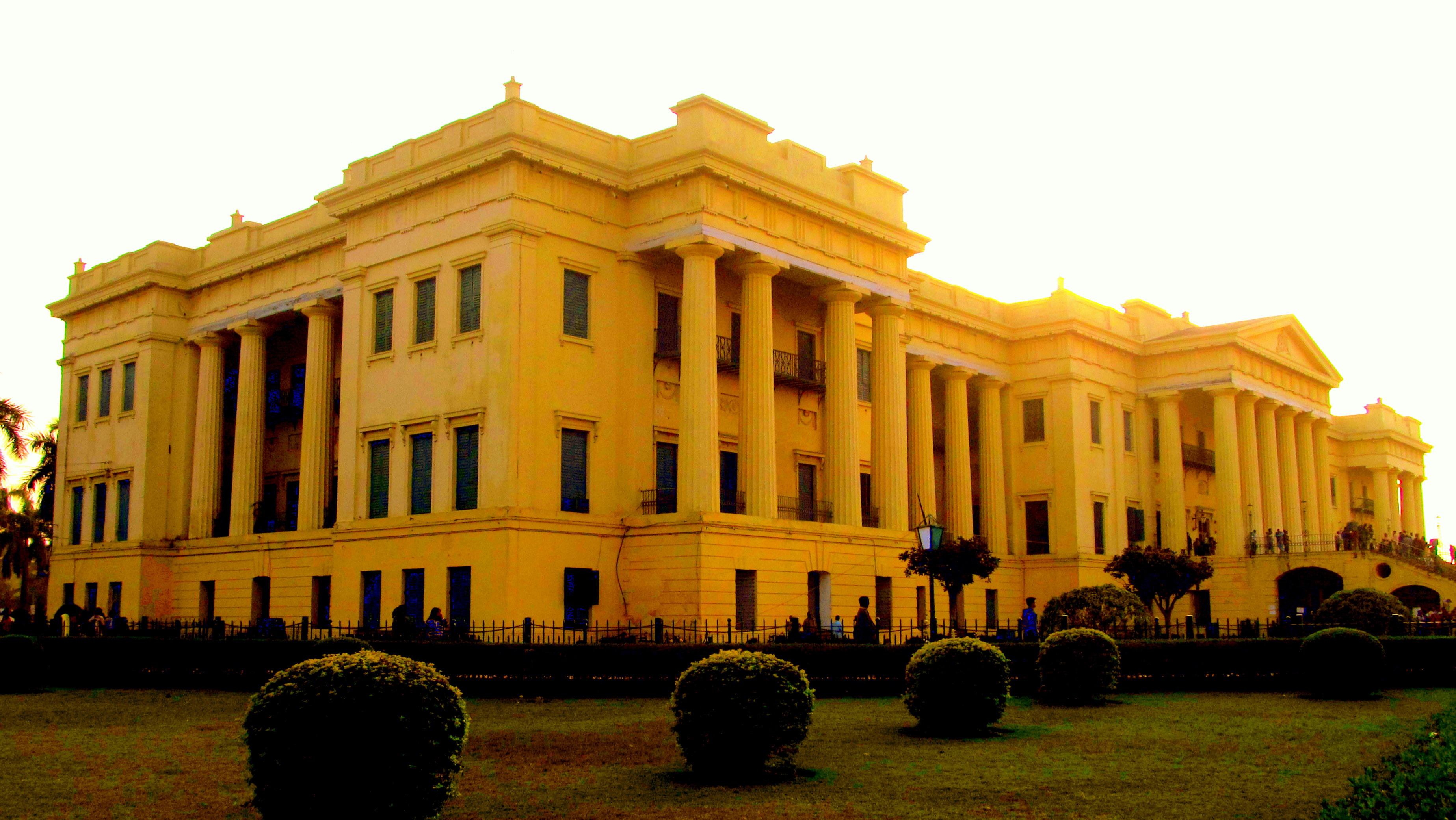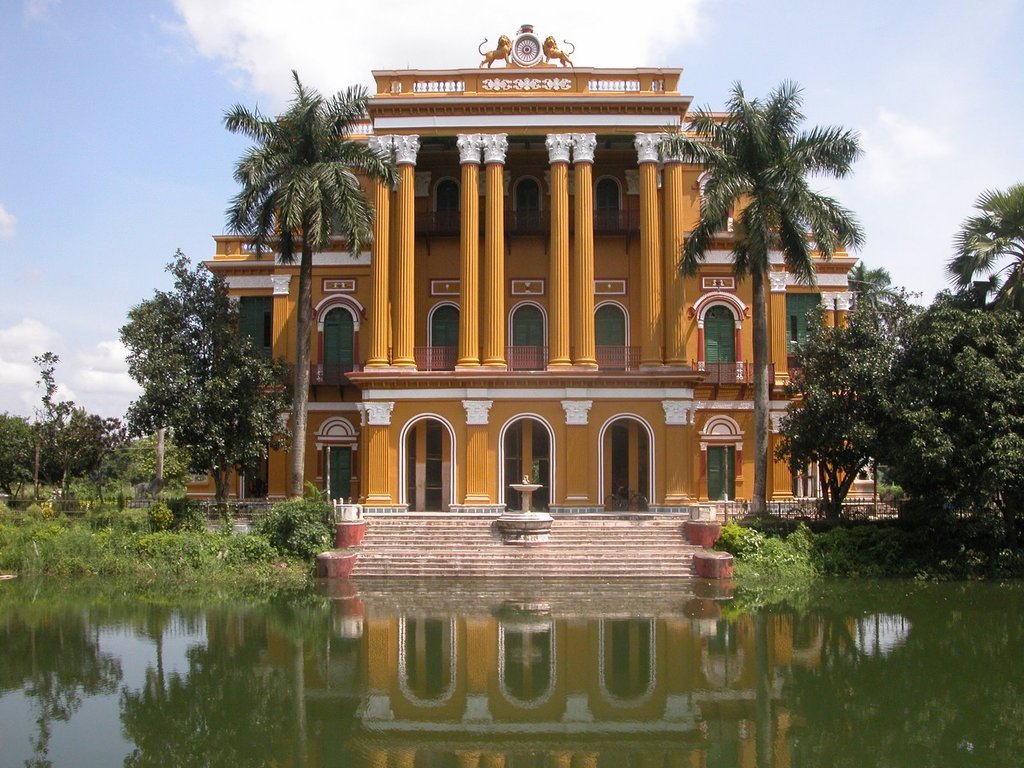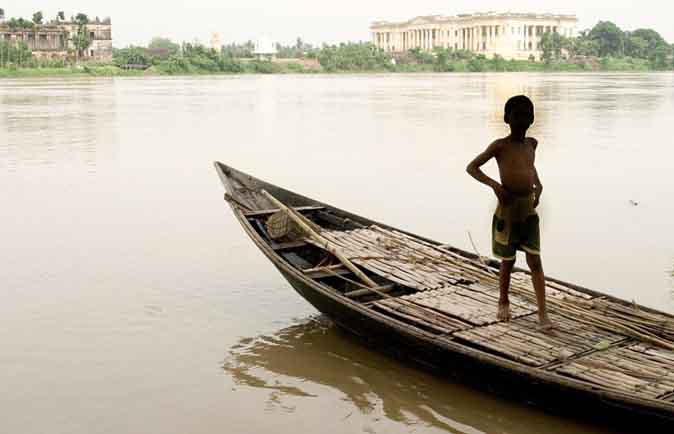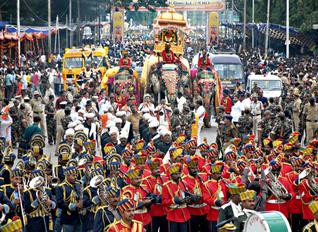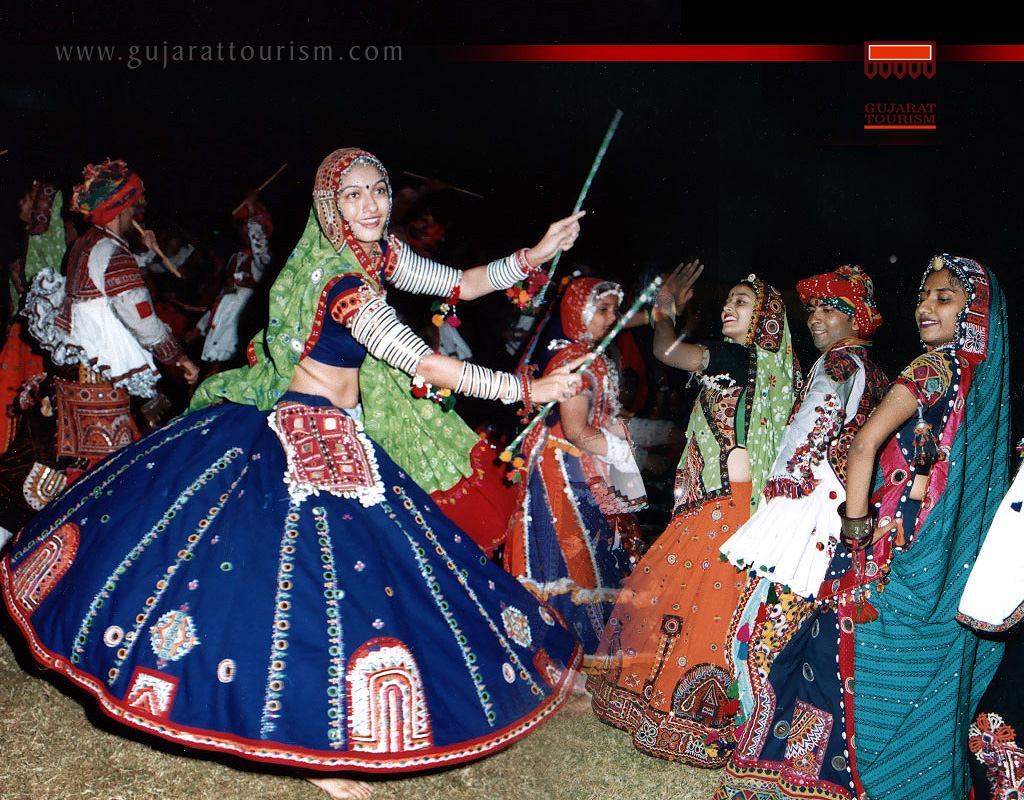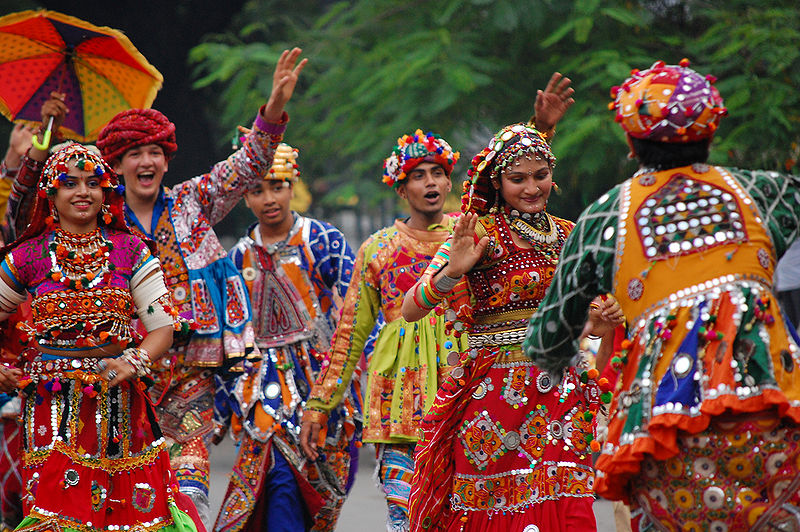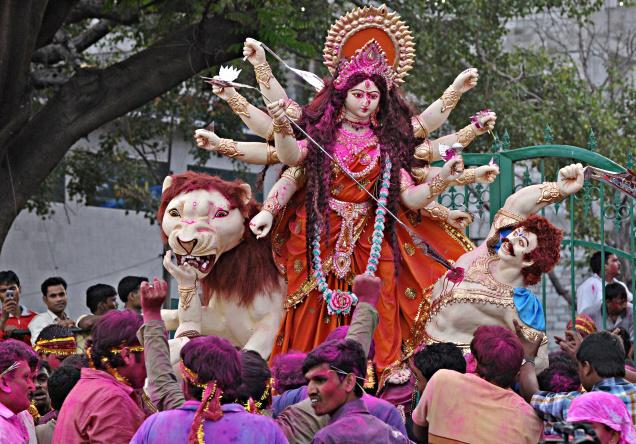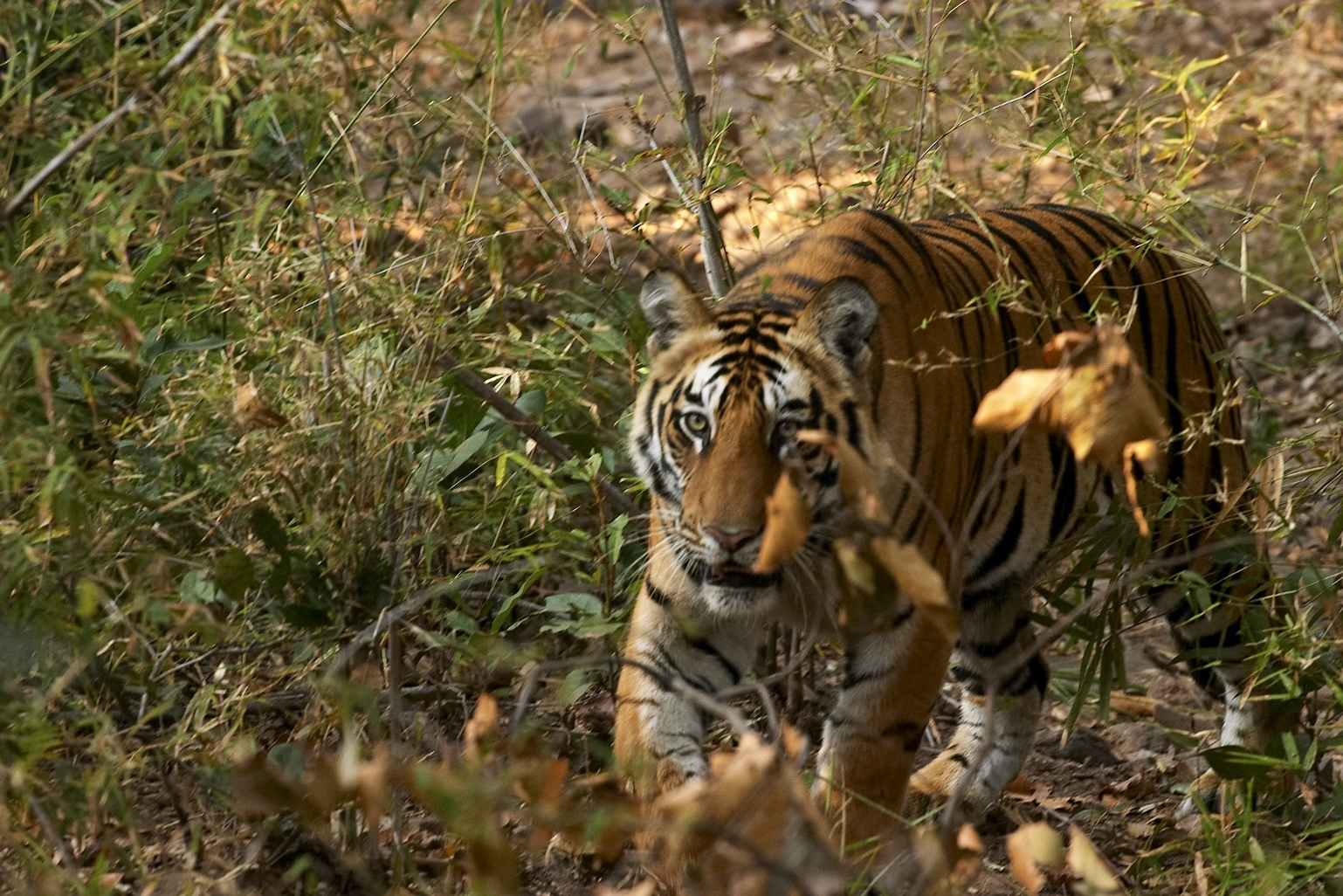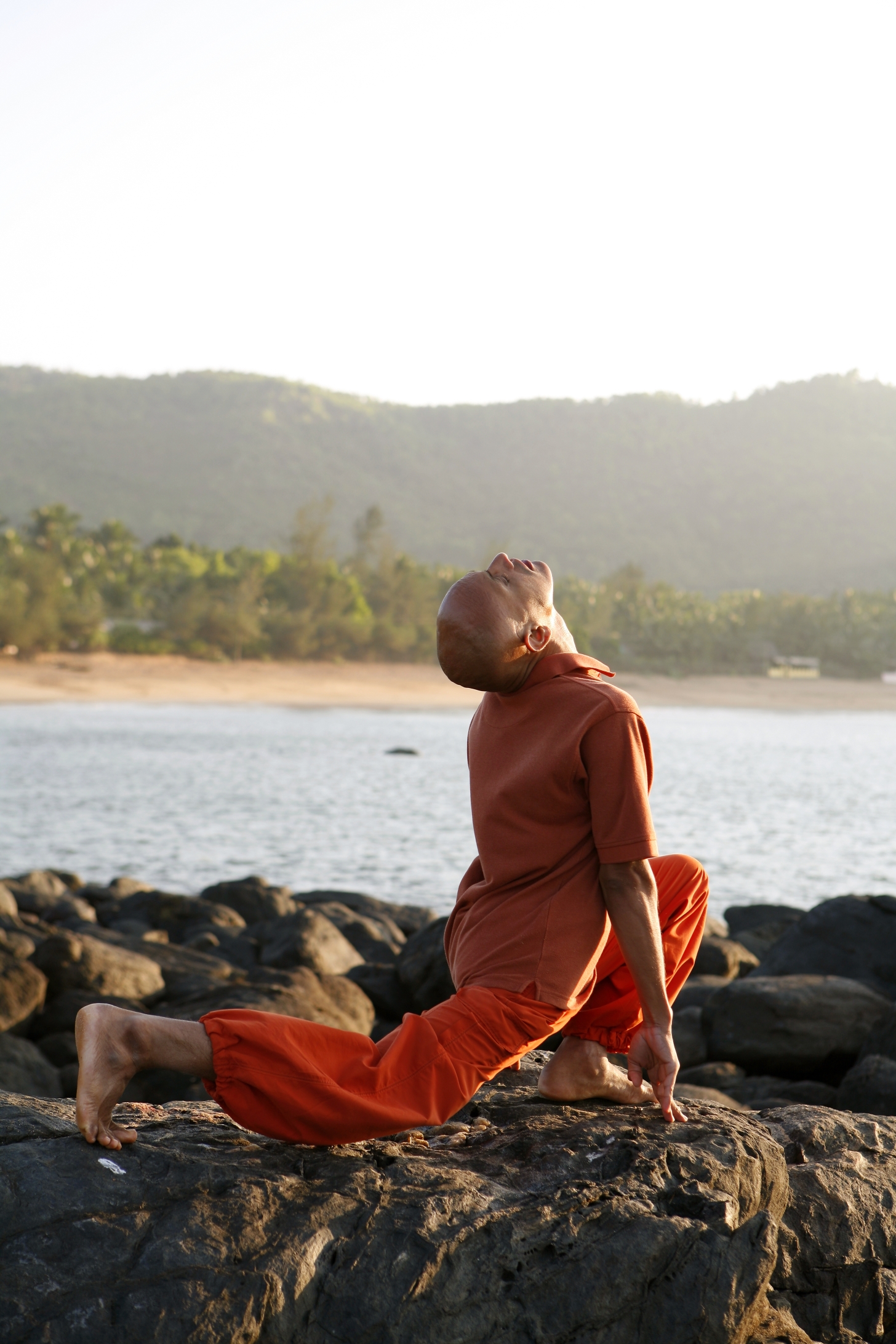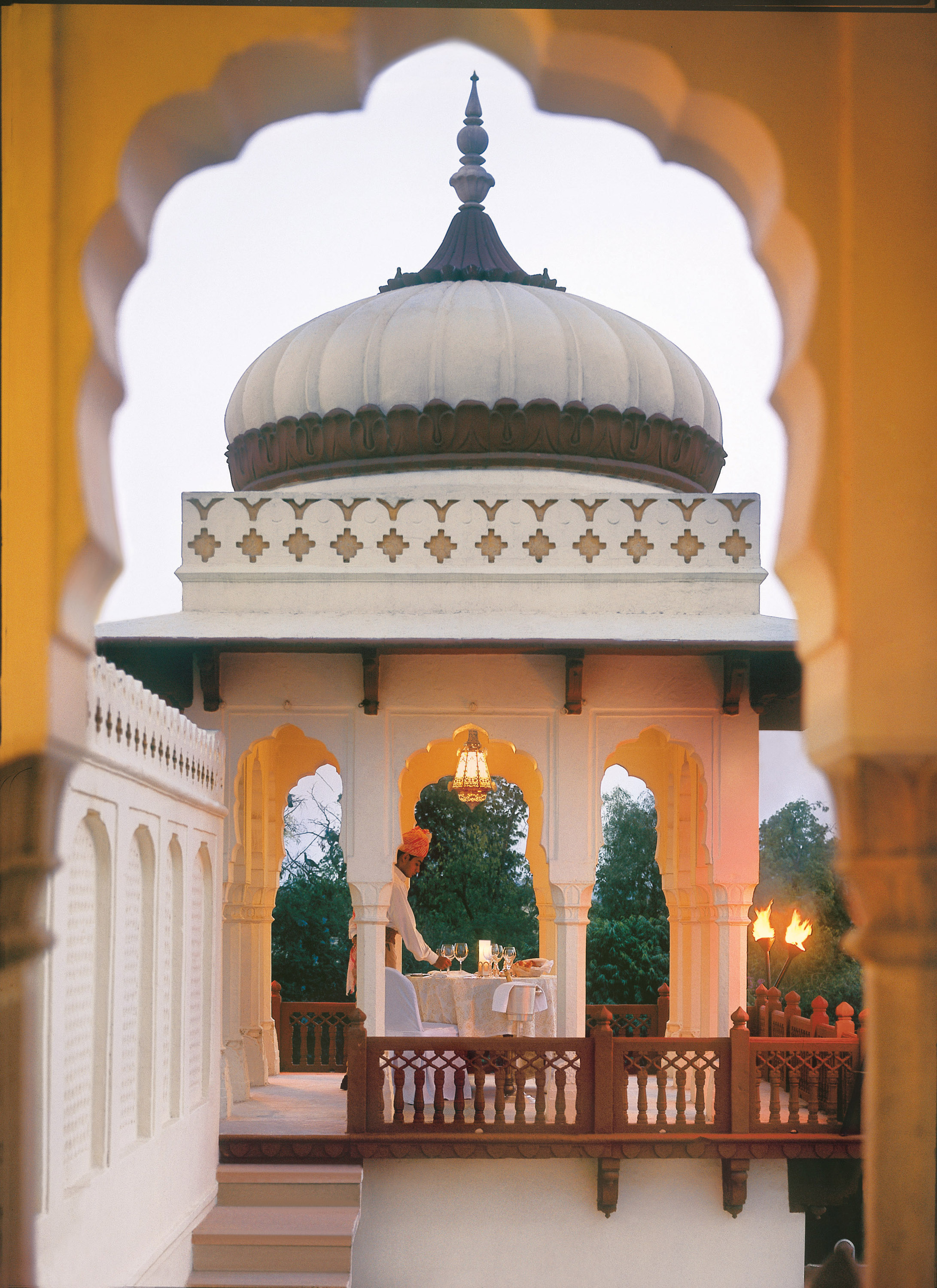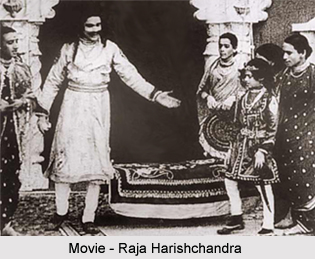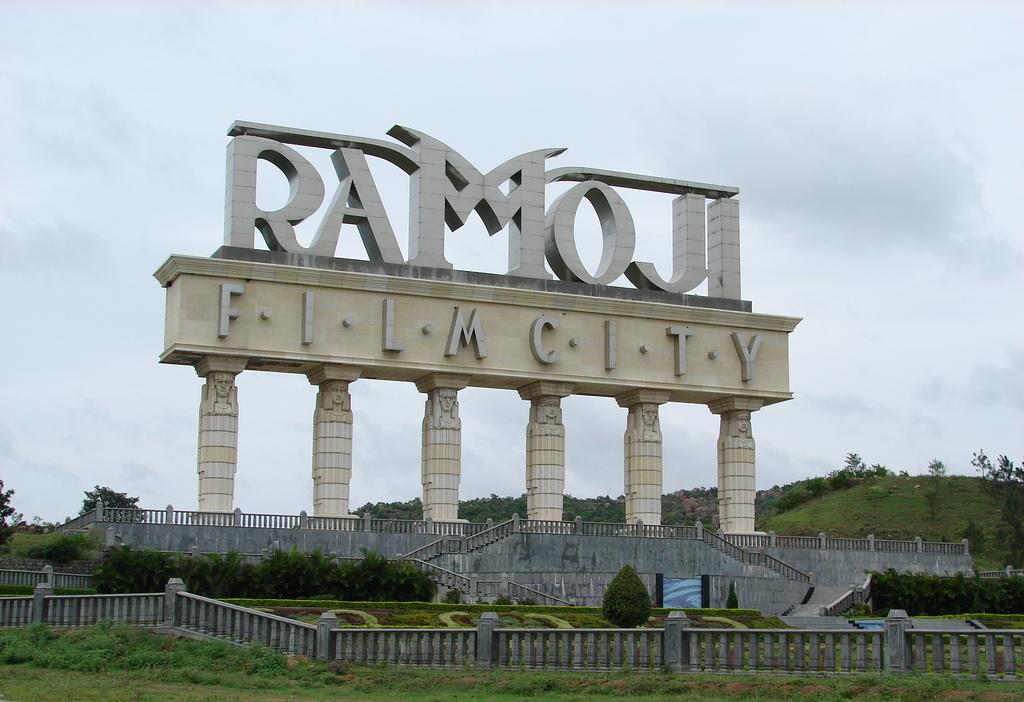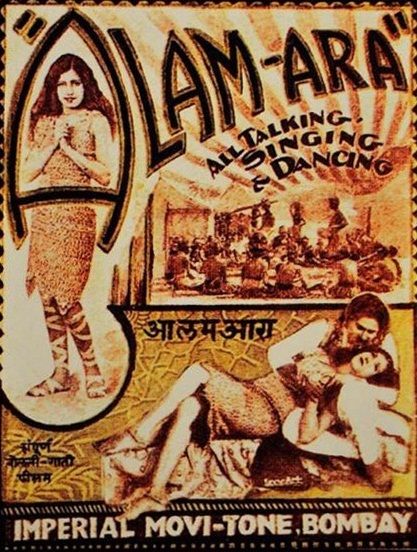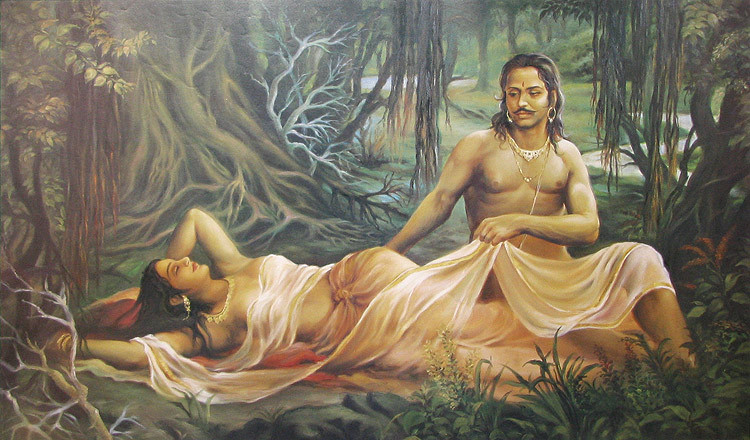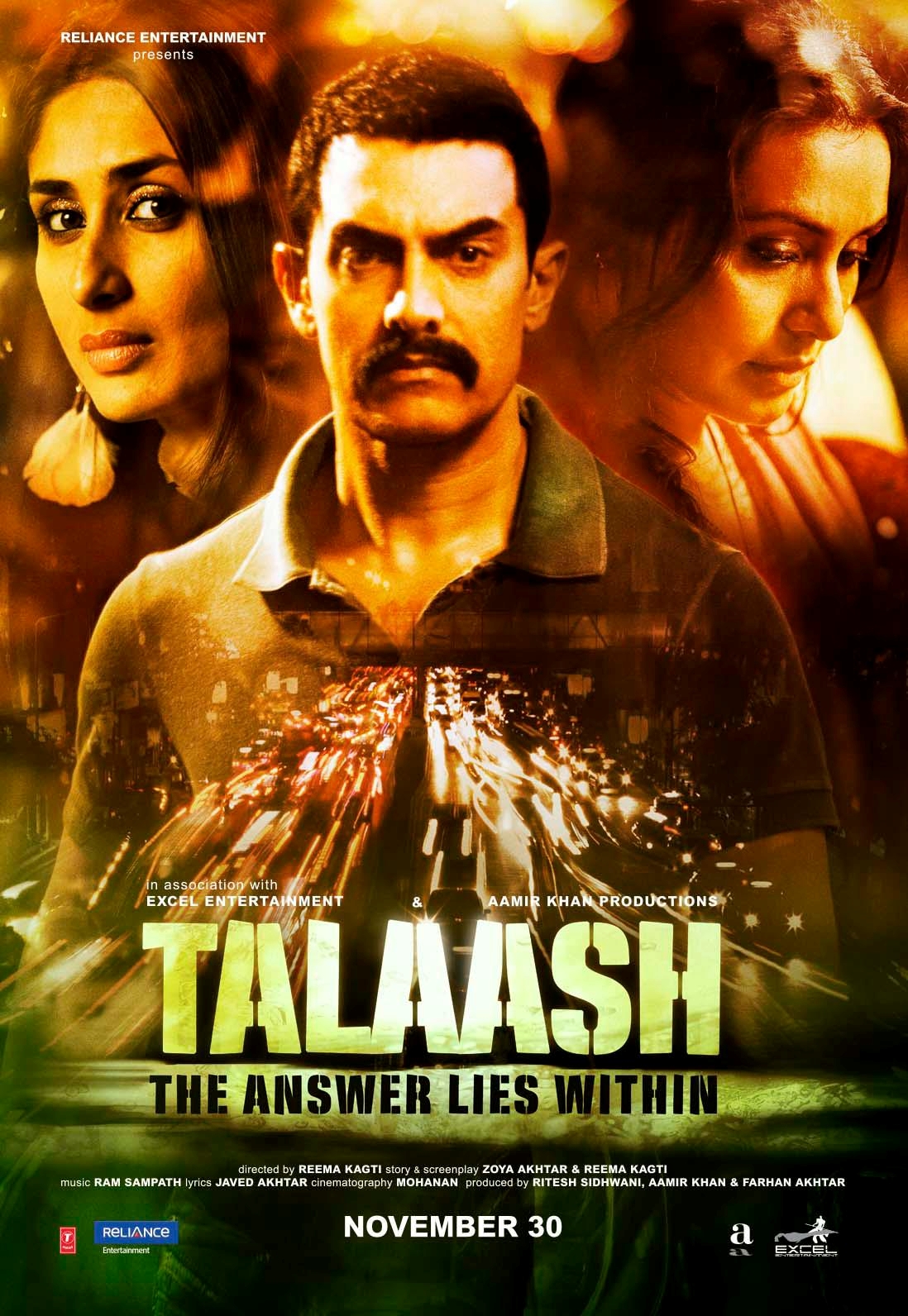There’s so much to see, do and experience across cities in India – yet, some cities with a well-known landmark or more, are often visited for just a day or two. Is it still possible to squeeze in all the interesting sights and sounds of a city? At Travel Scope, we think so…and we’re starting a new feature on how to make the most of your few hours in cities across India. We’ve already covered 48 hours in Agra in a previous blog feature, now here’s how to dash across Jaipur without missing out its highlights!
DAY 1
Start your day with a climb skirting the ridges that define the limits of the city of Jaipur. These ridges, with their historic fortifications, offer panoramic views of the ‘pink city’ buildings and the patchwork of fields that surround it. Listen to our guide narrate the Story of Jaipur from the nexus of Raja Amer’s rule to the present-day capital of Rajasthan, and learn of the geo-strategic significance of this city through history.
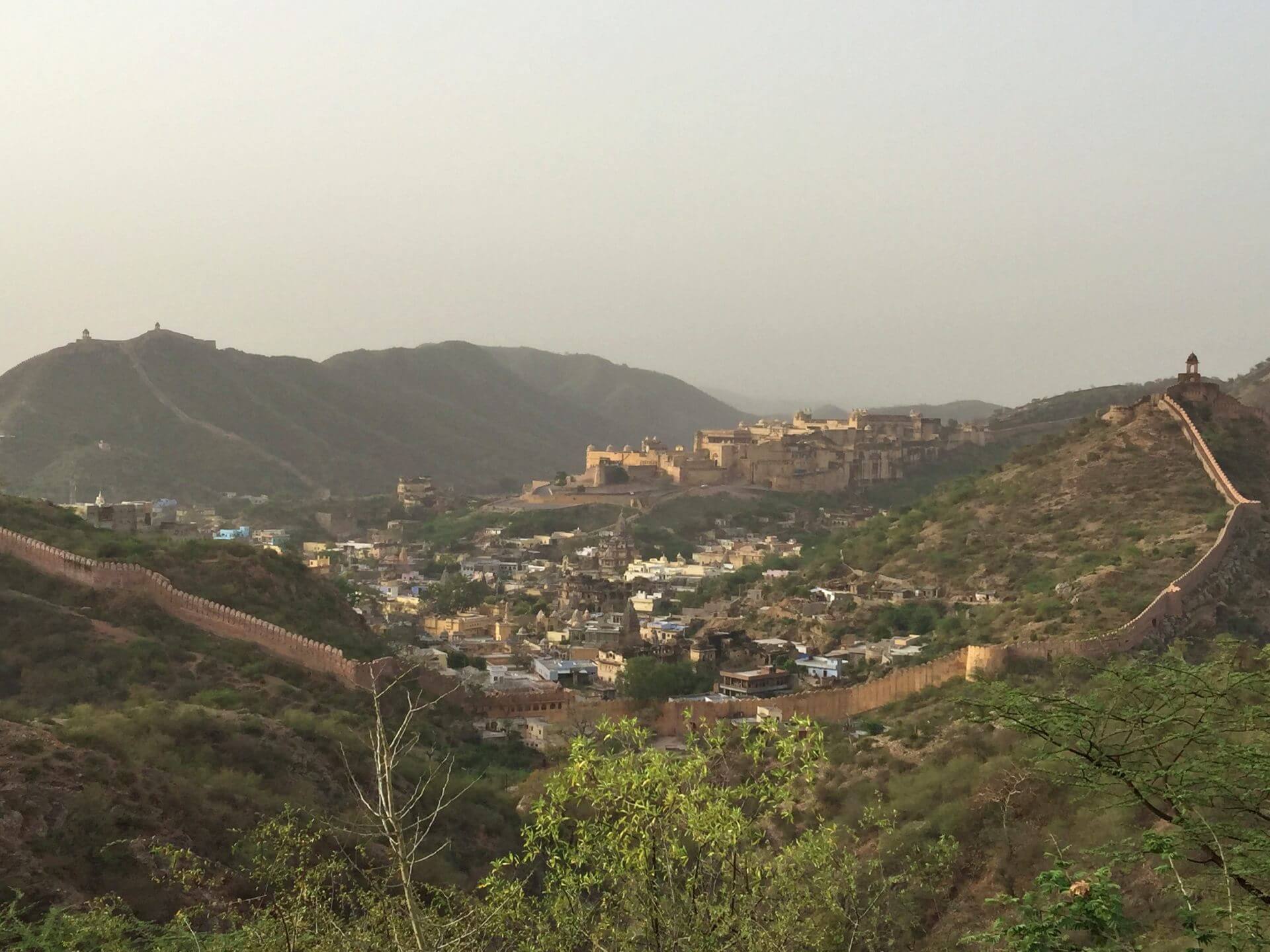
Continue on towards the Amer Fort, one of the 3 forts that overlook Jaipur, and the most magnificent – with its artistic Hindu influences and its pretty Maota lake. Interestingly, Amer was a small place established by the Meenas tribe of Rajasthan, before Raja Mansingh decided to relocate his capital and rebuilt the fort upon the remnants of an older structure. Then tuck into a hearty picnic breakfast, and you imagine the city below changing over time.
For those who’d prefer a less active start to the morning, drive off in our Welcome Ambassador – a buxom, regal car that was once the preferred mode of transport for political bigwigs. While today, the Ambassador is only seen as a black-and-yellow cab in Kolkata, our beautiful, eclectically restored car is in a league of its own. Experience the luxury and comfort of this old-school automobile, as you are whisked off into the countryside for a scrumptious picnic breakfast – with champagne, for that little touch of decadent luxury! We can’t think of a more unusual start to the day.
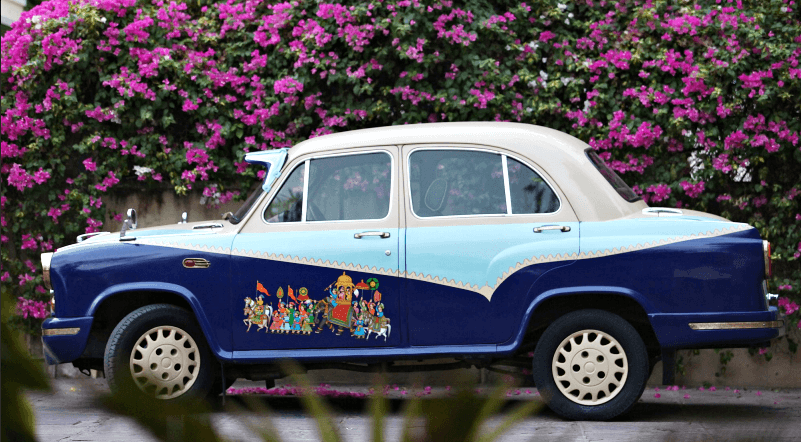
After a quick stop at your hotel, for refreshing and re-gearing yourself, head off to the Anokhi Museum. Located in a magnificently restored haveli (the local word for ‘mansion’), the Anokhi Museum of hand printing displays a selection of block-printed textiles alongside images, tools and related objects, all chosen to provide an in-depth look into the complexity of this ancient tradition. The technique of printing from wooden blocks onto paper and textile, originated in China and spread across Asia. It may have inspired the first engraved woodcuts that lead to the printing press. This technique is still widely used in India, mostly on textiles. If you’d like, you can follow this through with a block-printing workshop, where you can learn the art and skill involved in this textile craft. What’s more you get to take home a handcrafted, hand-printed souvenir and some colourful memories!
The Anokhi Museum also has an interesting cafe, and you can opt to have lunch here or at any of Jaipur’s restaurants! Head back to your hotel room for a little snooze, or dive right into our afternoon’s line-up of activities.
Late afternoon, set off on the Old City Walk with our local guide to help you navigate across a city where the history still echoes across time, and where tradition marries modernity. Visit the City Palace, with its royal collections of miniature paintings, armour, royal garments, textiles, and artefacts. Continue on to the ornate Hawa Mahal, the Palace of the Winds, Jaipur’s most distinctive landmark, and listen to how its structure allowed women of the royal household to witness the rhythms and festivities of the city outside.
No travel experience is complete without shopping, and the colourful bazaars of India have something to offer even the most impatient of men! With specialties like local handicrafts, textiles, gems, silver jewelry, blue pottery and carpets, Jaipur’s streets can rival Ali Baba’s cave of wonders. Travel Scope can help you navigate your way across street hawkers and chic boutiques, with a personal shopping expert in search of those perfect souvenirs.
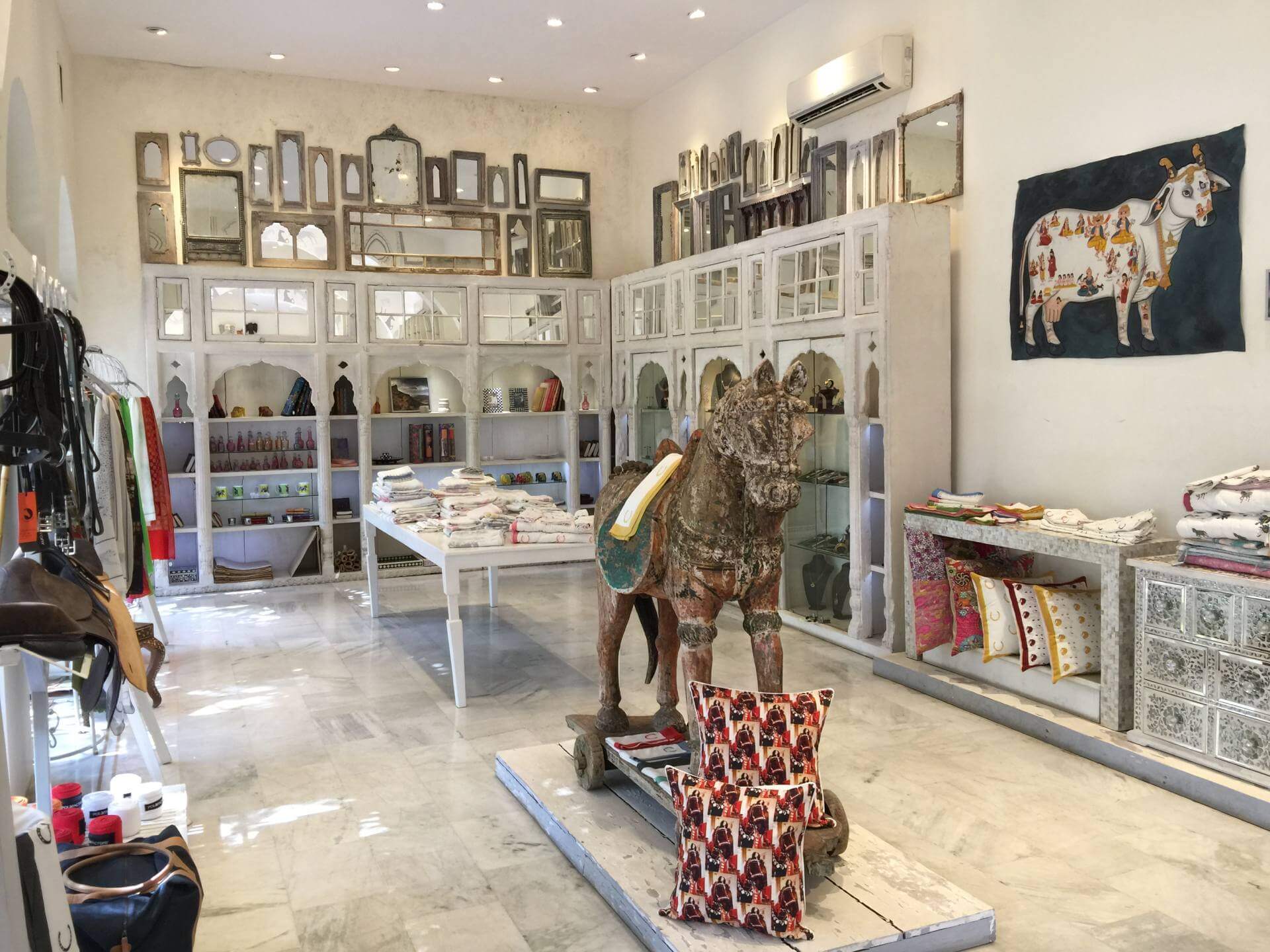
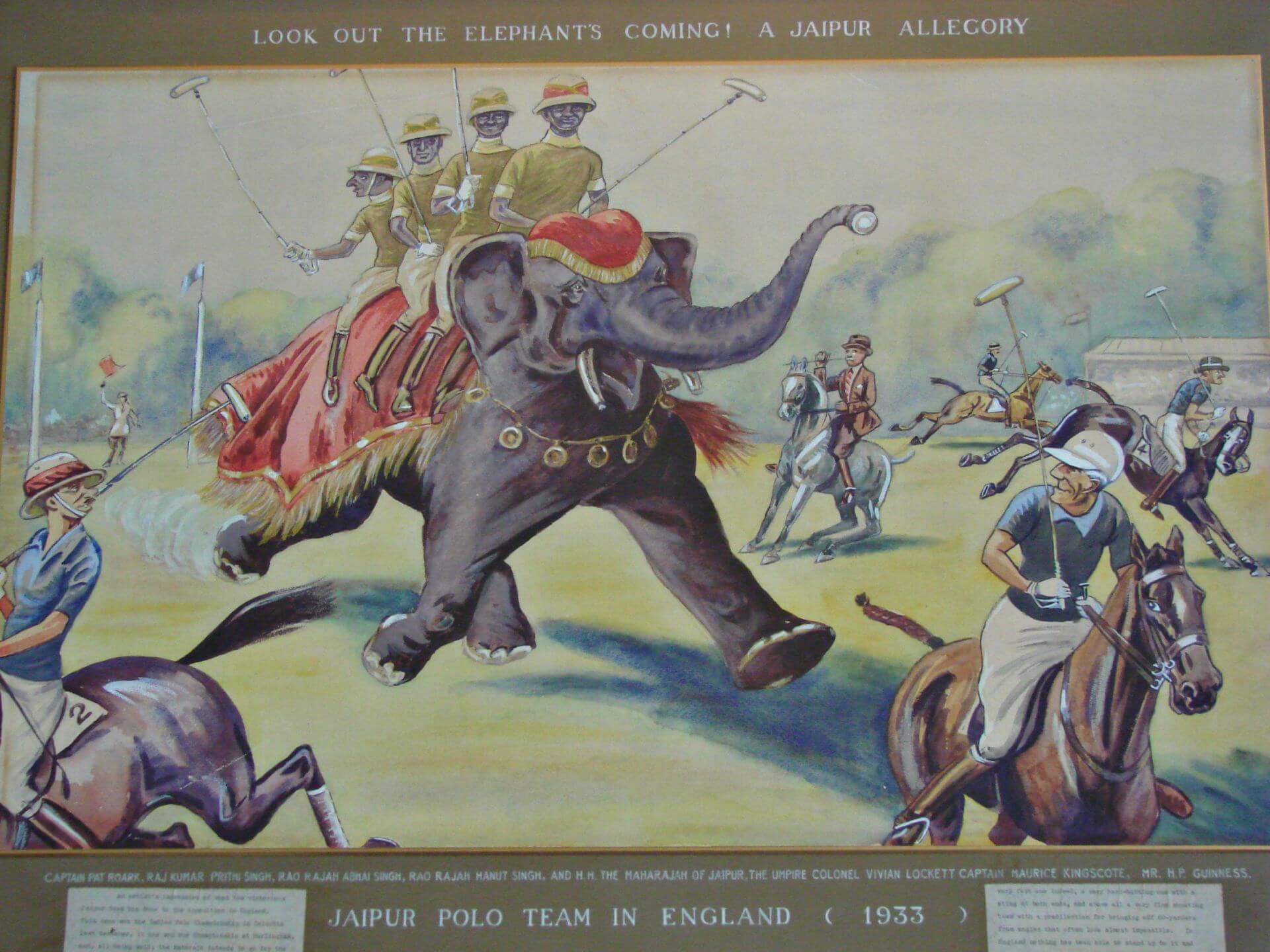
Head back to your hotel after dinner, and get a good rest before another day of city exploration.
DAY 2
Start your morning on a spiritual quest learning the ancient techniques of yoga. What better stage can we offer than an old, once-abandoned and since-restored haveli built in 1872! Naila Bagh Palace still retains much of its former characteristics, from the time it served as a residence for a former prime minister of Jaipur and has hosted many international dignitaries. Yoga comprises of techniques that lead to harmony between the inner self and the external environment, between thought and action, between the individual and the world, while meditation encourages self-reflection and self-realisation. Beyond the practice, learn how these traditions form an integral part of everyday spirituality and wellbeing.
For those who love to conquer the skies, start your morning in a Hot Air Balloon. Soar over the countryside with its patchwork of green fields and scrub forests, the blue-greens and browns of the water bodies, dry land and rocky outcrops. Watch picturesque villages begin their daily routines or the ‘Pink City’s bustling rhythm as you float over bazaars, forts and palaces and see excited children waving frantically at you. There’s nothing more magical than experiencing the countryside with a bird’s eye view as you fly, up, up and away!
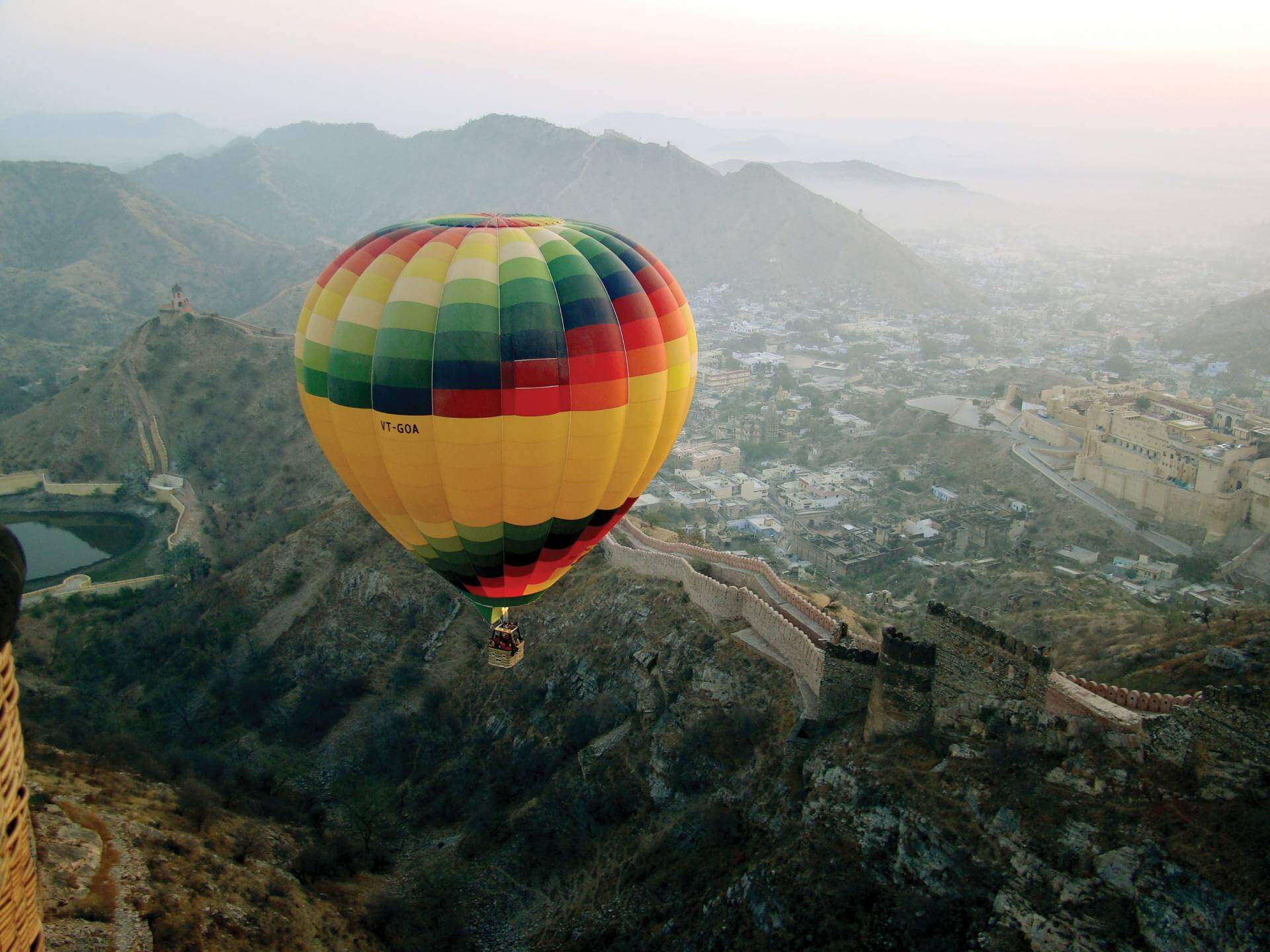
After a quick breakfast and shower, set off on your sightseeing trail. Begin with the City Palace complex, the seat of the Maharajah of Jaipur, which consists of an impressive array of courtyards, gardens and buildings. Afterwards, head to the Jantar Mantar observatory, built in the early 1700s by Sawai Jai Singh II, Jaipur’s ruler and a keen astronomer will showcase Central Asia’s rich legacy of astronomy. Its sixteen massive instruments are works of art in themselves and some can forecast the weather even today!
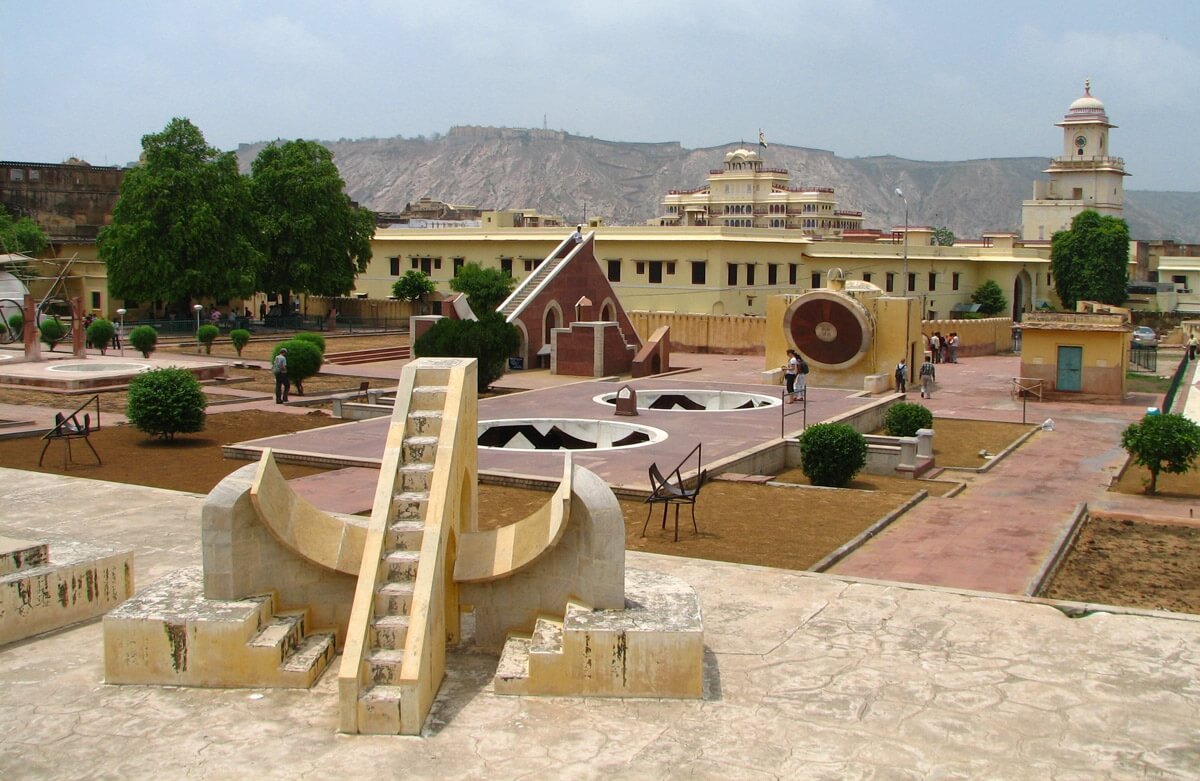
Late morning, head off to the Samode Haveli or the Dera Mandawa for unusual culinary experiences; the former offers a cook-off with a chef and the latter, involves a hands-on cooking session!
Cook-off with Chef at Samode Haveli: Samode Haveli’s signature offering is a cook-off with a chef showcasing almost forgotten recipes from an old hand-written manuscript. Here’s to a truly inspirational, mouth-watering palatial journey!
Rajasthani cuisine at Dera Mandawa: a hands-on cooking experience: At Dera Mandawa, one can indulge in a hands-on Rajasthani cooking experience. Start with a trip to the nearby market for ingredients, learn the recipes for regional specialties, followed by a scrumptious, regal lunch with the family. The passionate couple, who have converted this property into a heritage hotel, will be your co-chefs and hosts through the session – and the conversation is as interesting as their cuisine!
This afternoon too, you can choose between a quick snooze or a headlong plunge into the evening’s activities.
Did you know that apart from the spices and the tea, India was also at the heart of a roaring trade in precious stones, like diamonds and pearls among others. The Mughal Empire was lured by the promise of these precious stones, and they worked huge quantities of stones into their monuments, much to the delight of future generations of plunderers and thieves. Jaipur’s alleyways are home to some of the craftsmen and traders, who are well-versed with the lore of gems. To know more about the craft and the mythology of stones, Travel Scope can arrange for a meeting with a gemologist, which can offer an unusual insight into one of the many communities of Jaipur. (Psst..to see what other vanities gemstones serve, our Old City Heritage Walk trails past artisans who set jewels into the hilts of inimical, handcrafted swords – once worn by kings and princes!)
For those interested in gleaning an insight into the social fabric of India, perhaps our Women through the Ages experience would be of interest. As with most patriarchal histories, the unheard voice is that of the females. During this interactive session with an academic and writer, who has written and taught extensively in the field of Gender Studies, you can debate at length about issues from female feticide to sex ratios, from infant marriages to widowhood, from political participation to social roles of the fairer sex. The Women through the Ages is a refreshing, intellectual experience you wouldn’t be likely to encounter in any travel guide.
End the evening with sundowners at Nahargarh – another fort overlooking Jaipur, accessed by a winding road through dry, deciduous hillsides. Watch the sunset atop fort turrets over the rim of your cocktail glass or an elegant flute of wine, and the twinkling of the city lights welcoming the night. Light snacks or dinner can also be served from this vantage point.
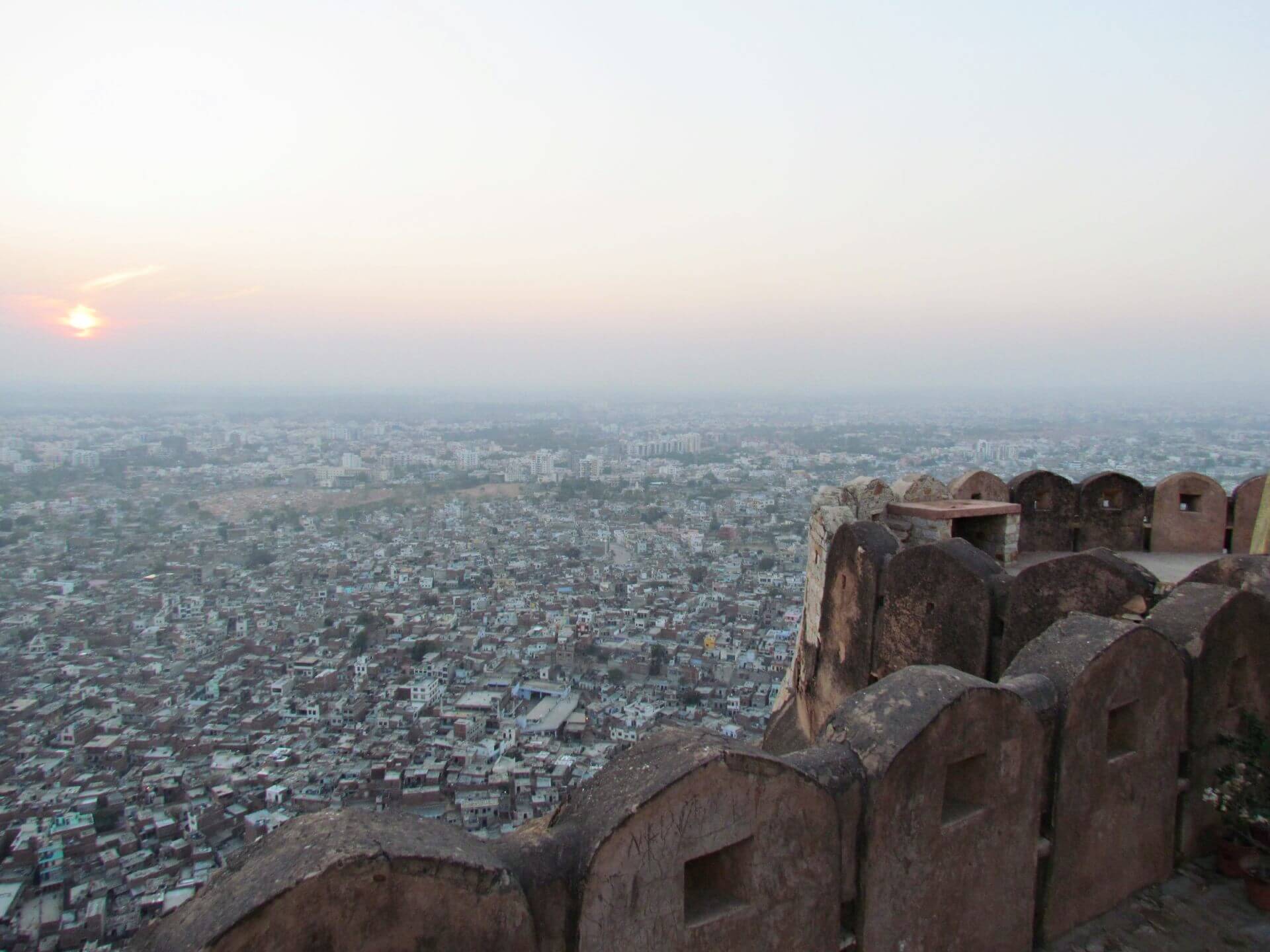
For luxury travellers, our Welcome Ambassador can take you in regal style and comfort to the City Palace. You can visit the private quarters of this regal residence, before being ushered to the Indo-Saracenic inspired, courtyard restaurant, Baradari. The inlaid marble work, the fluted water cascade, the brass and mirror decor provides the perfect backdrop for a fine-dining experience and a conversation starter for the history and architecture buffs.
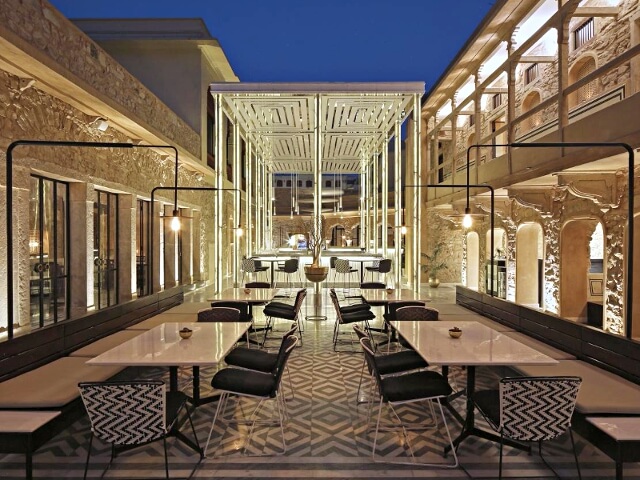
A specially created menu offers you the best of traditional and global cuisine, and the restaurant’s signature drinks are the talk of the town. Surely, the perfect end to your 48-hour tour in the ‘Pink City’!
